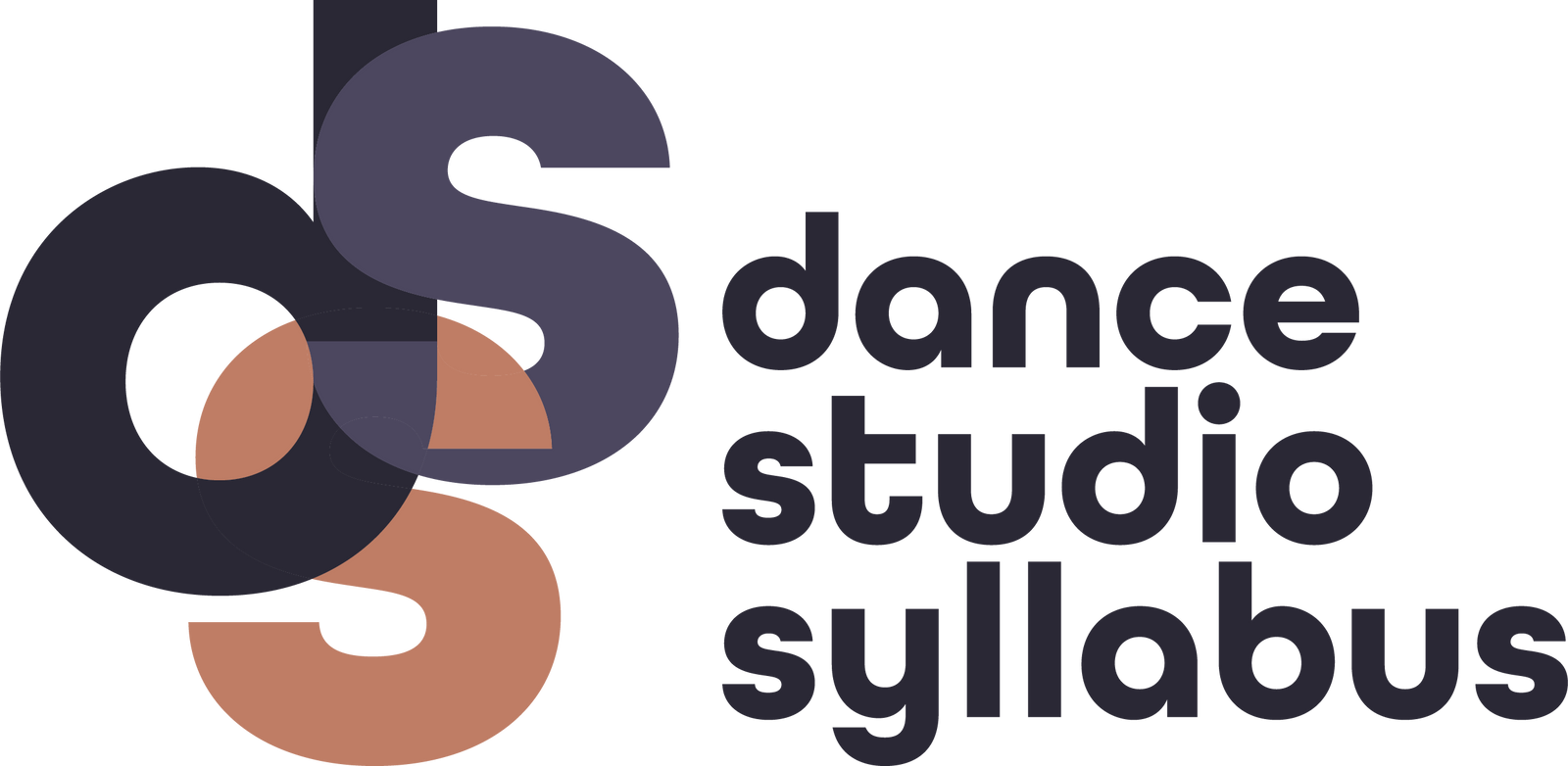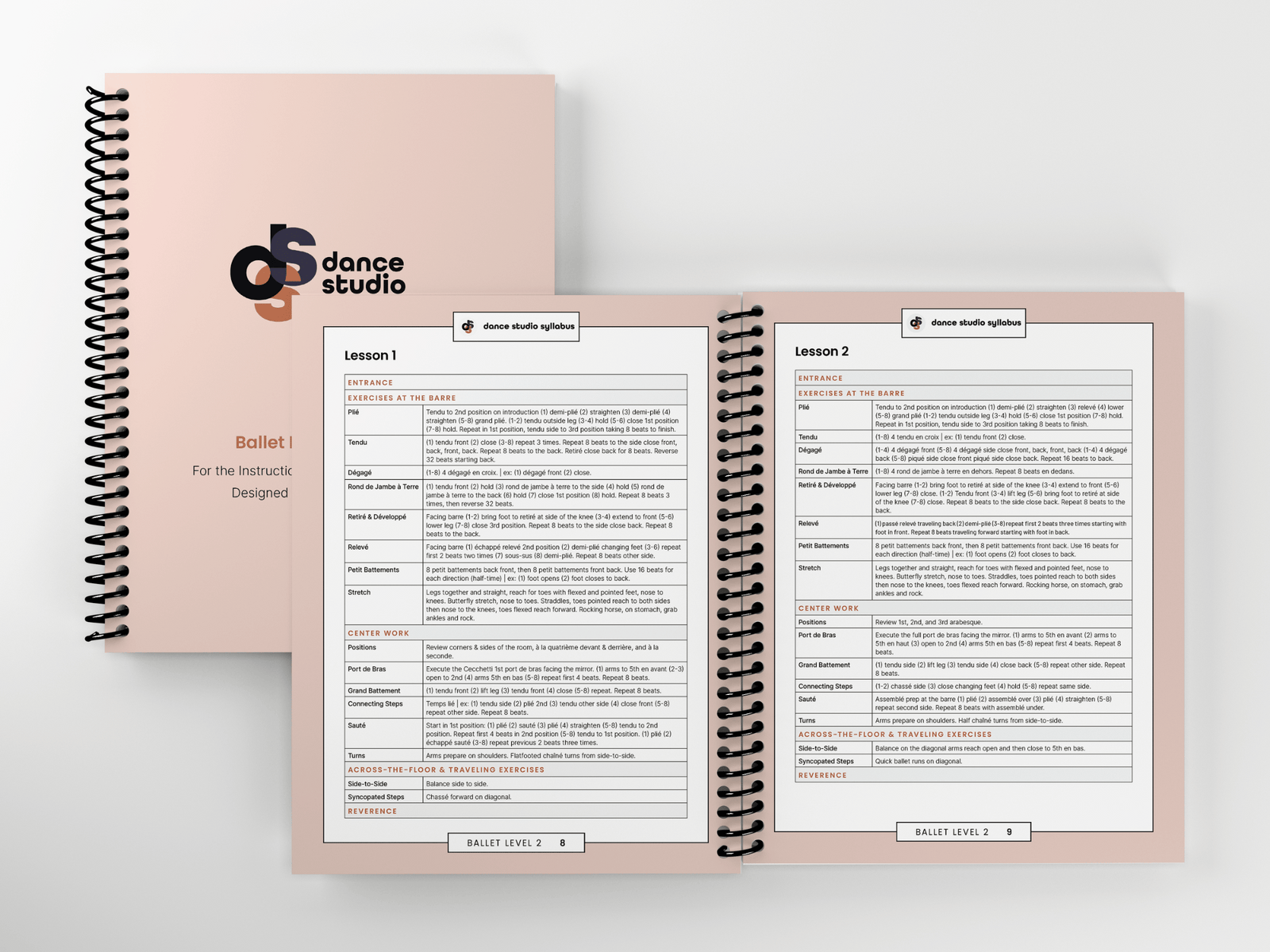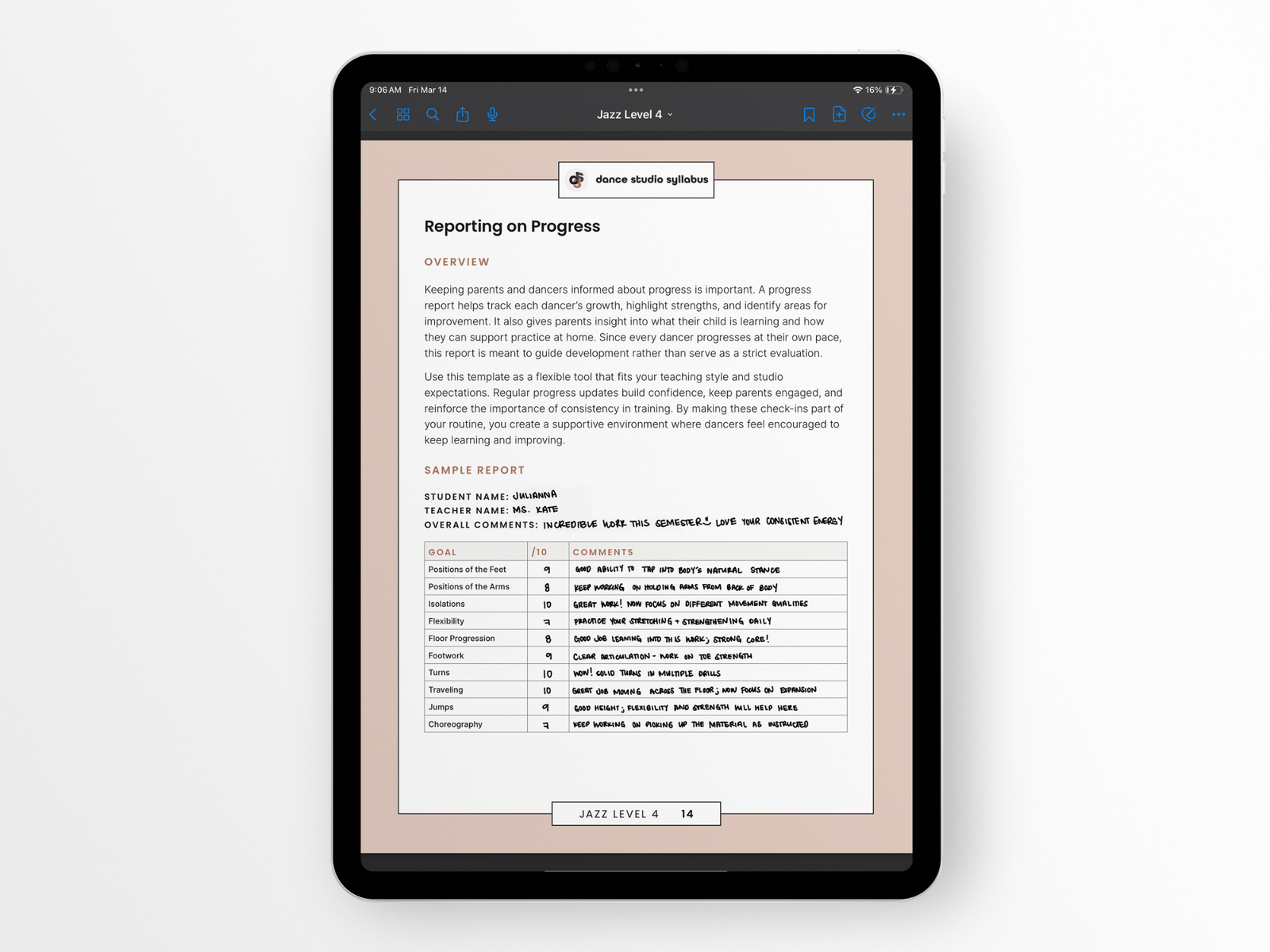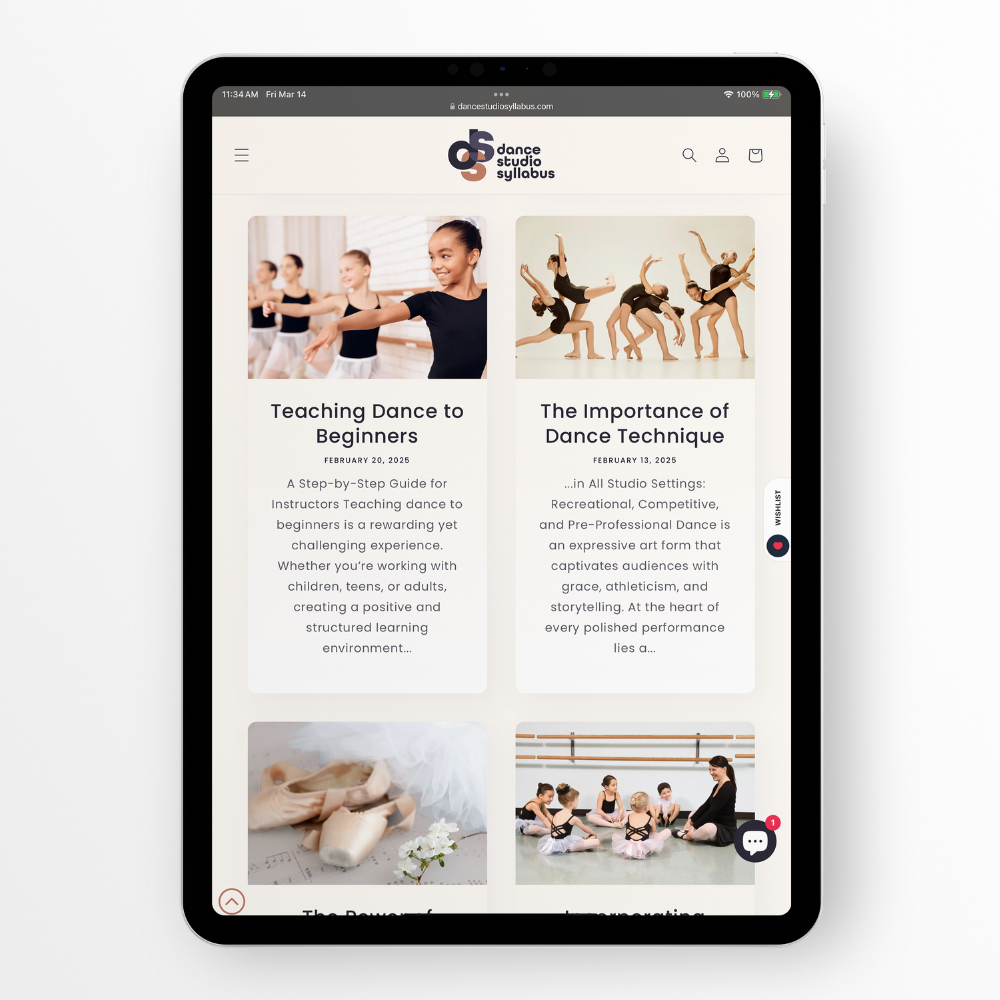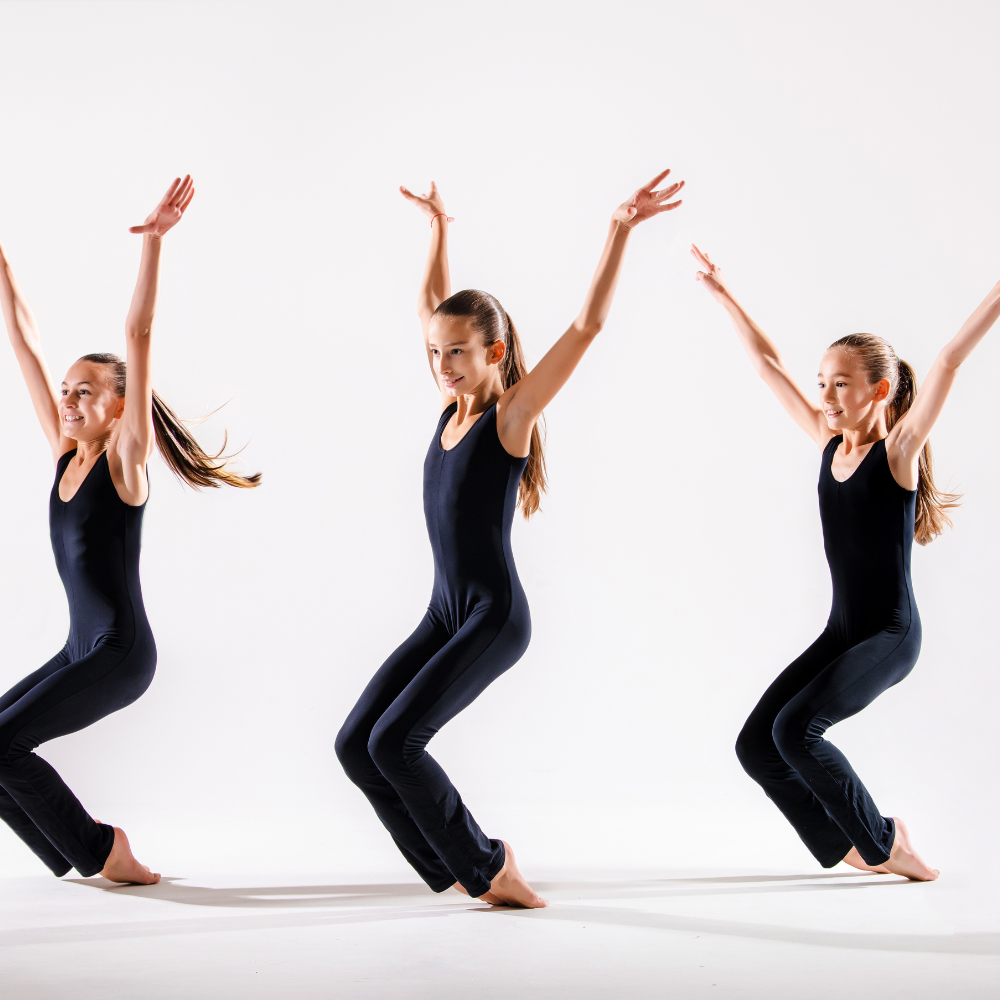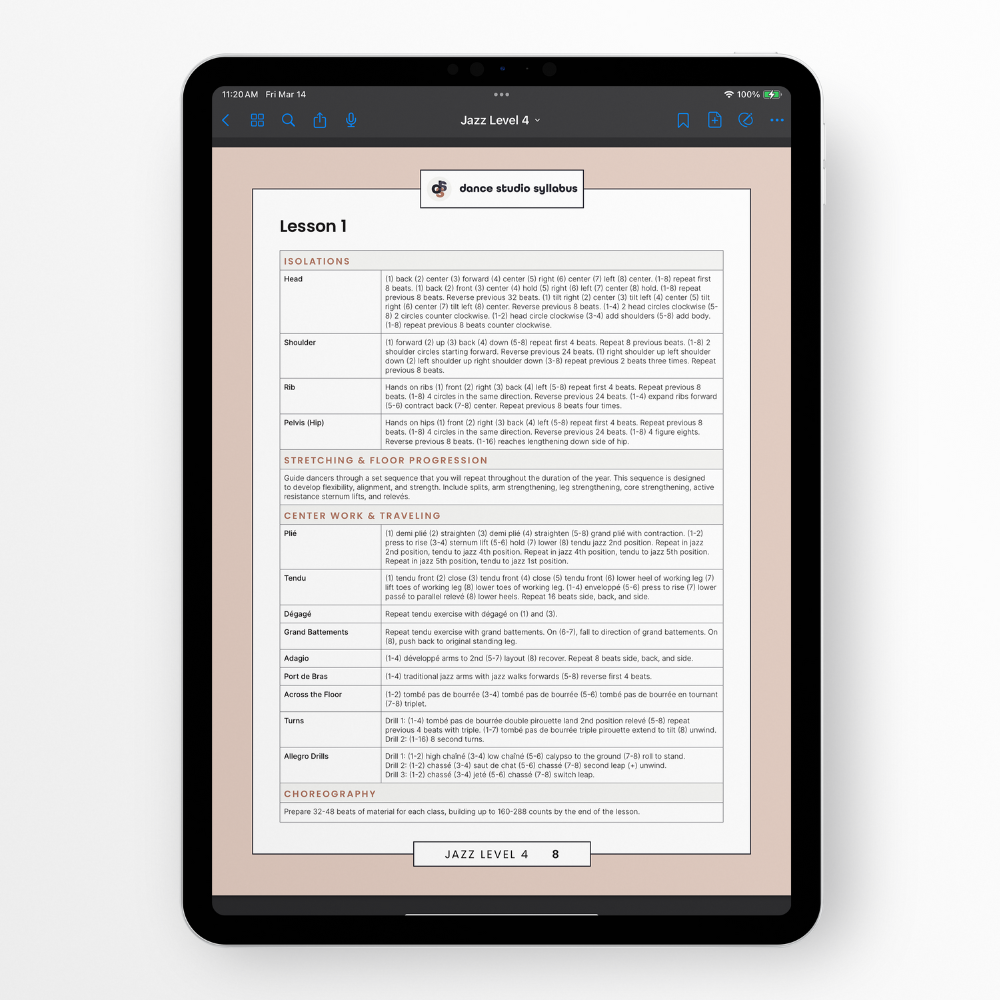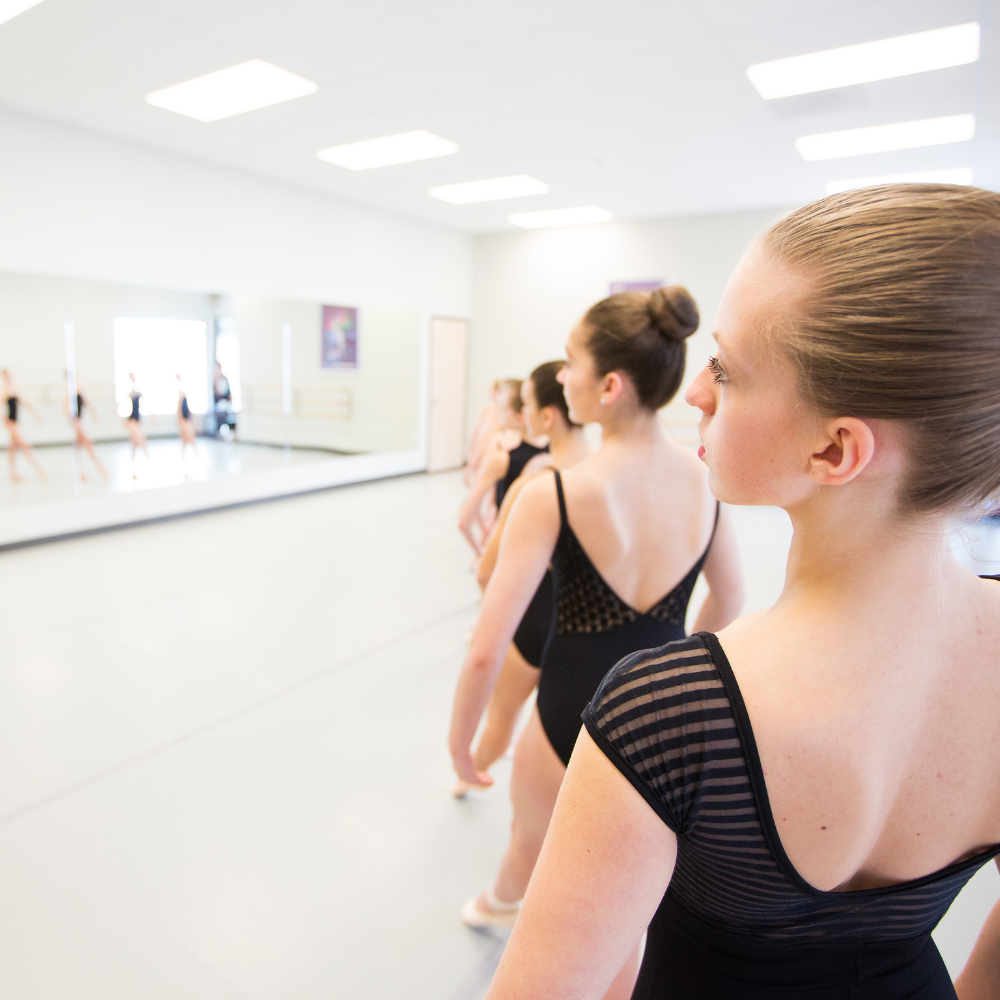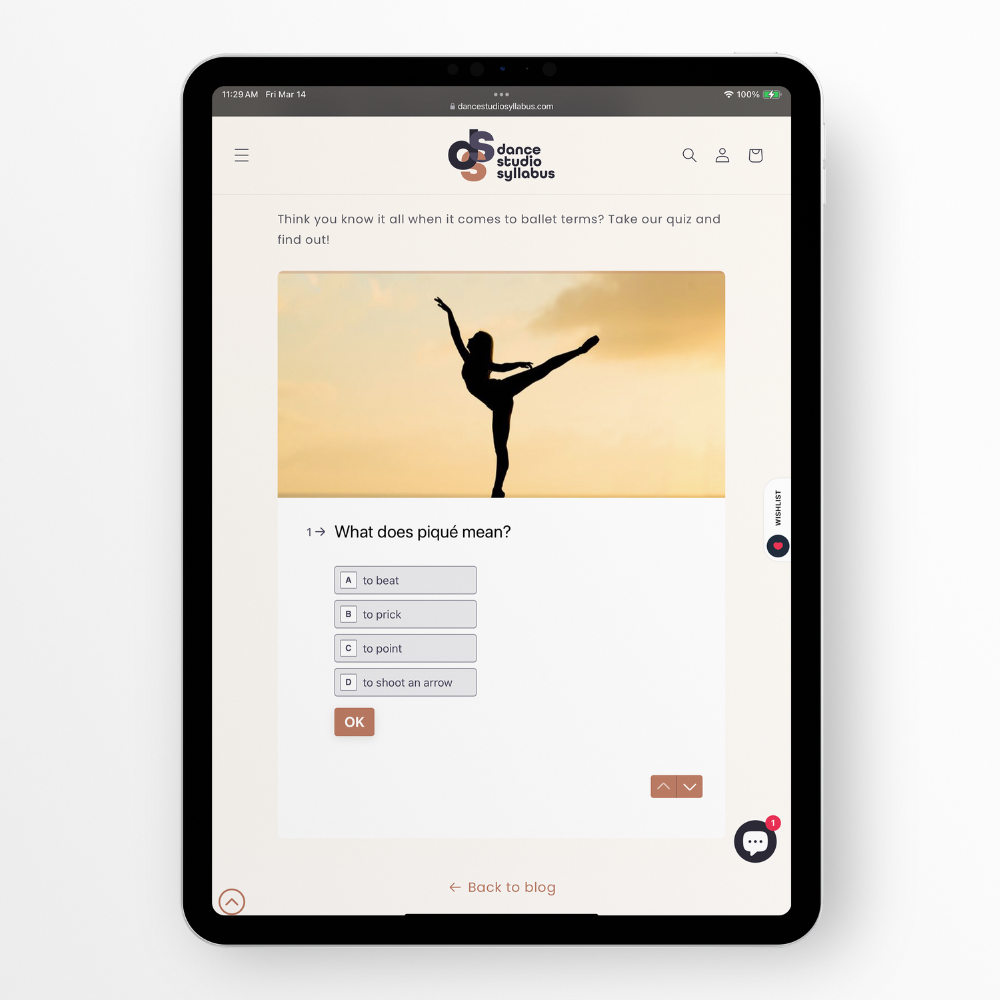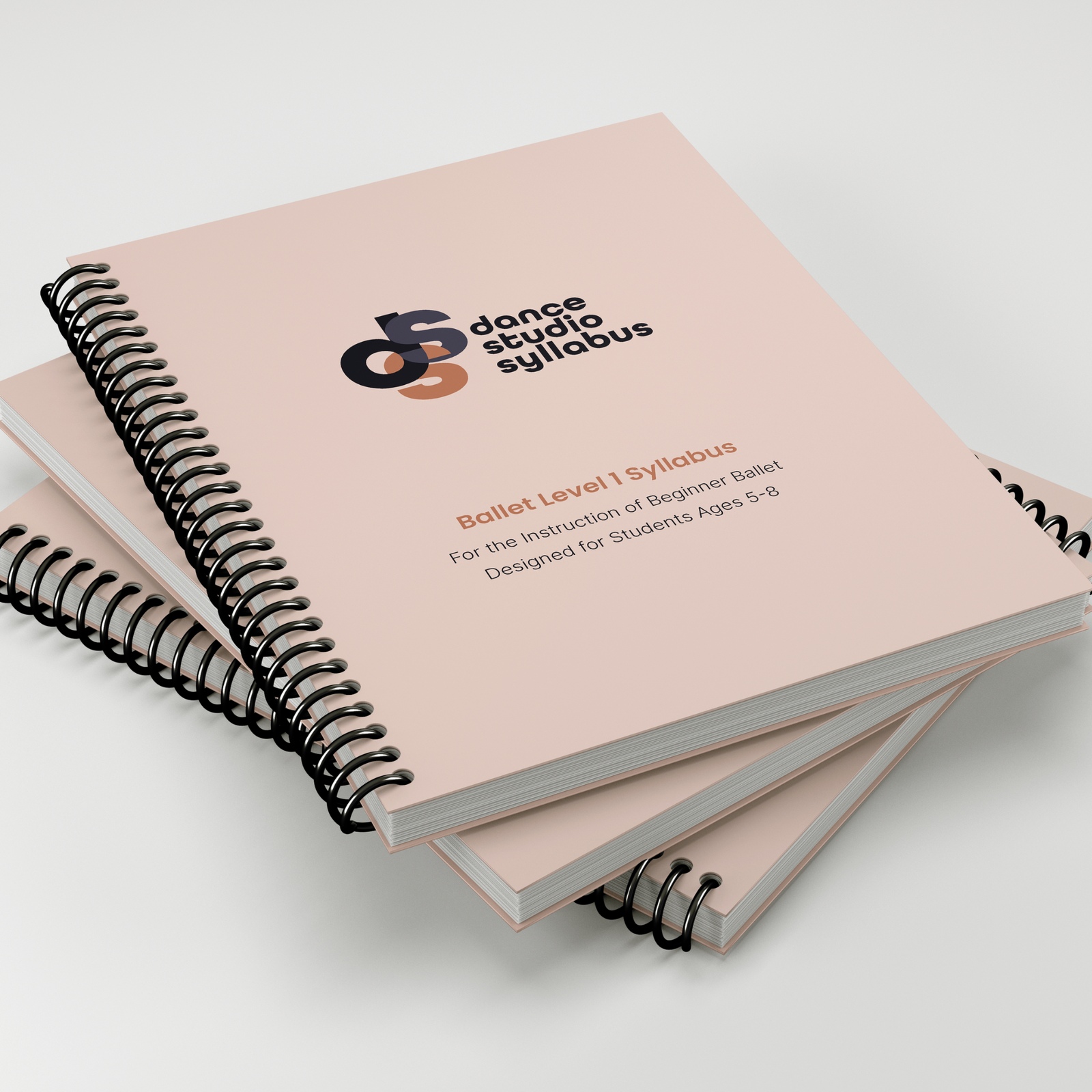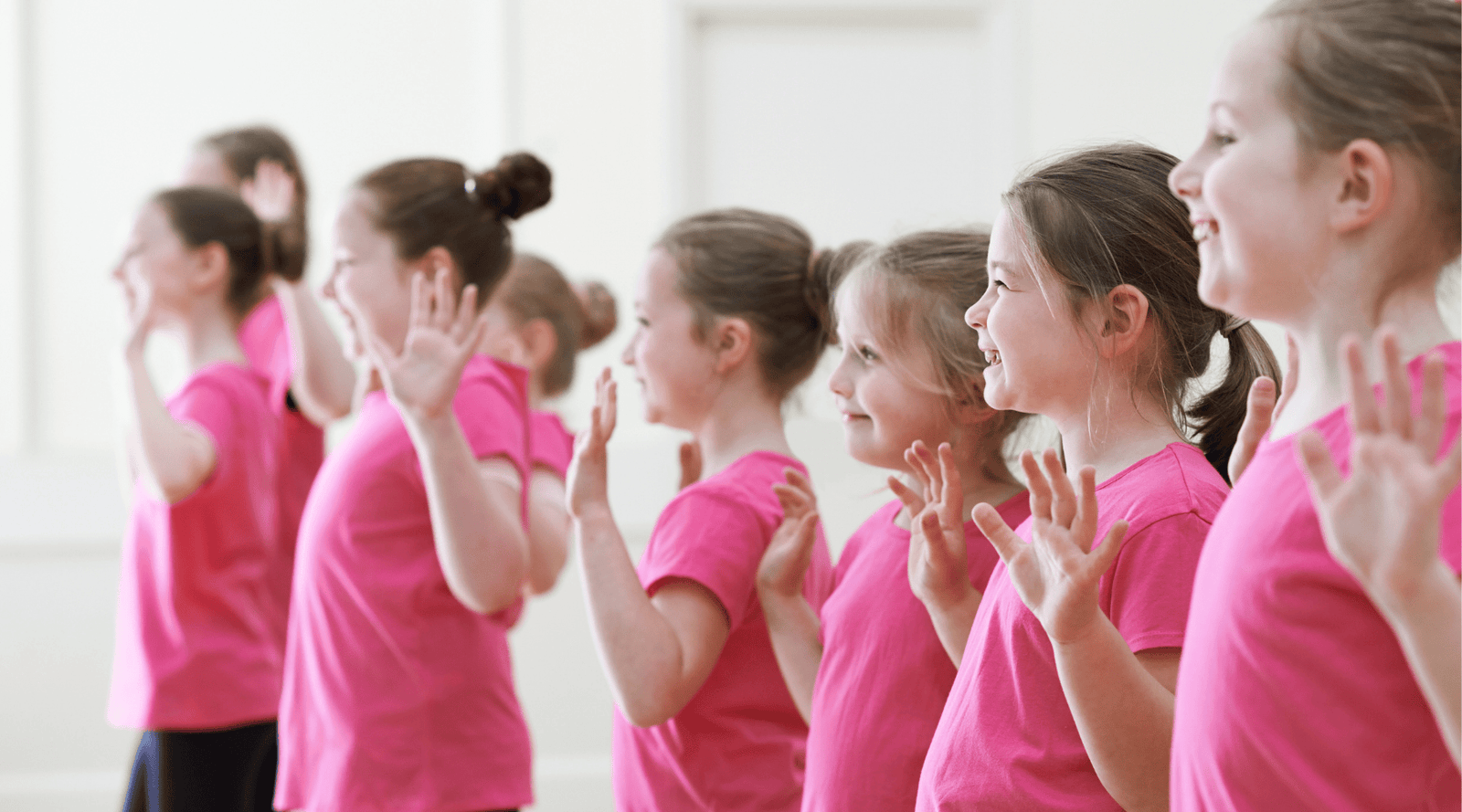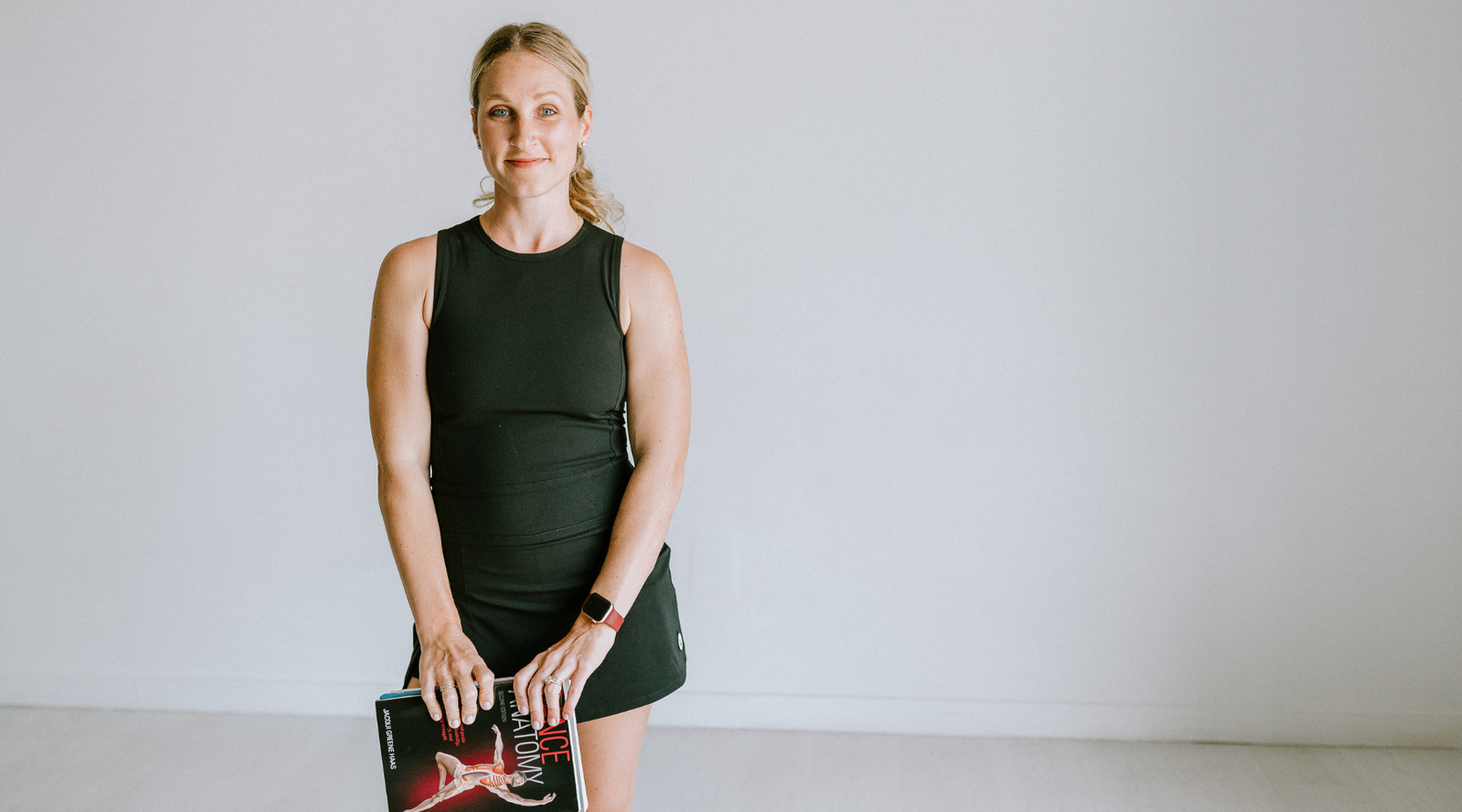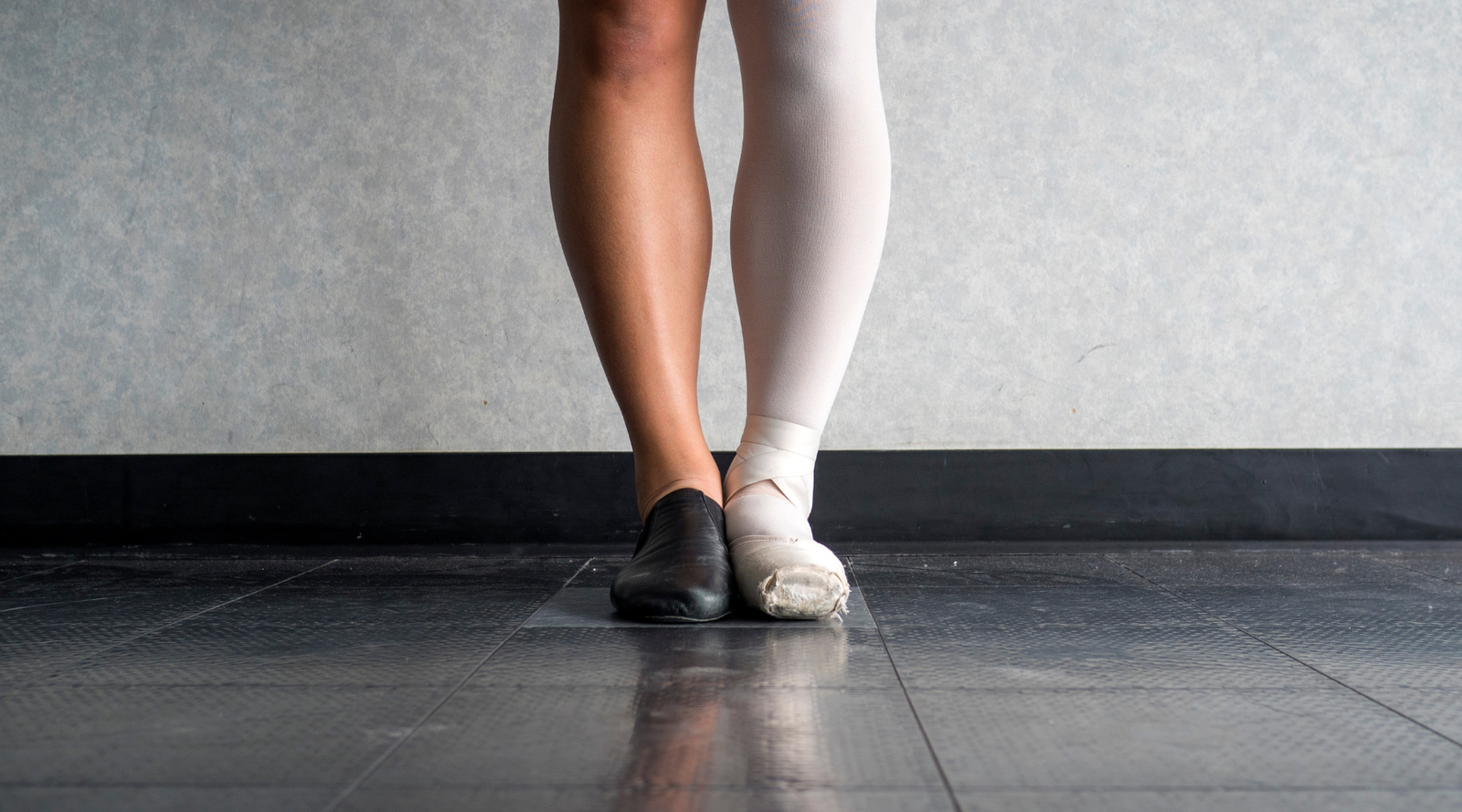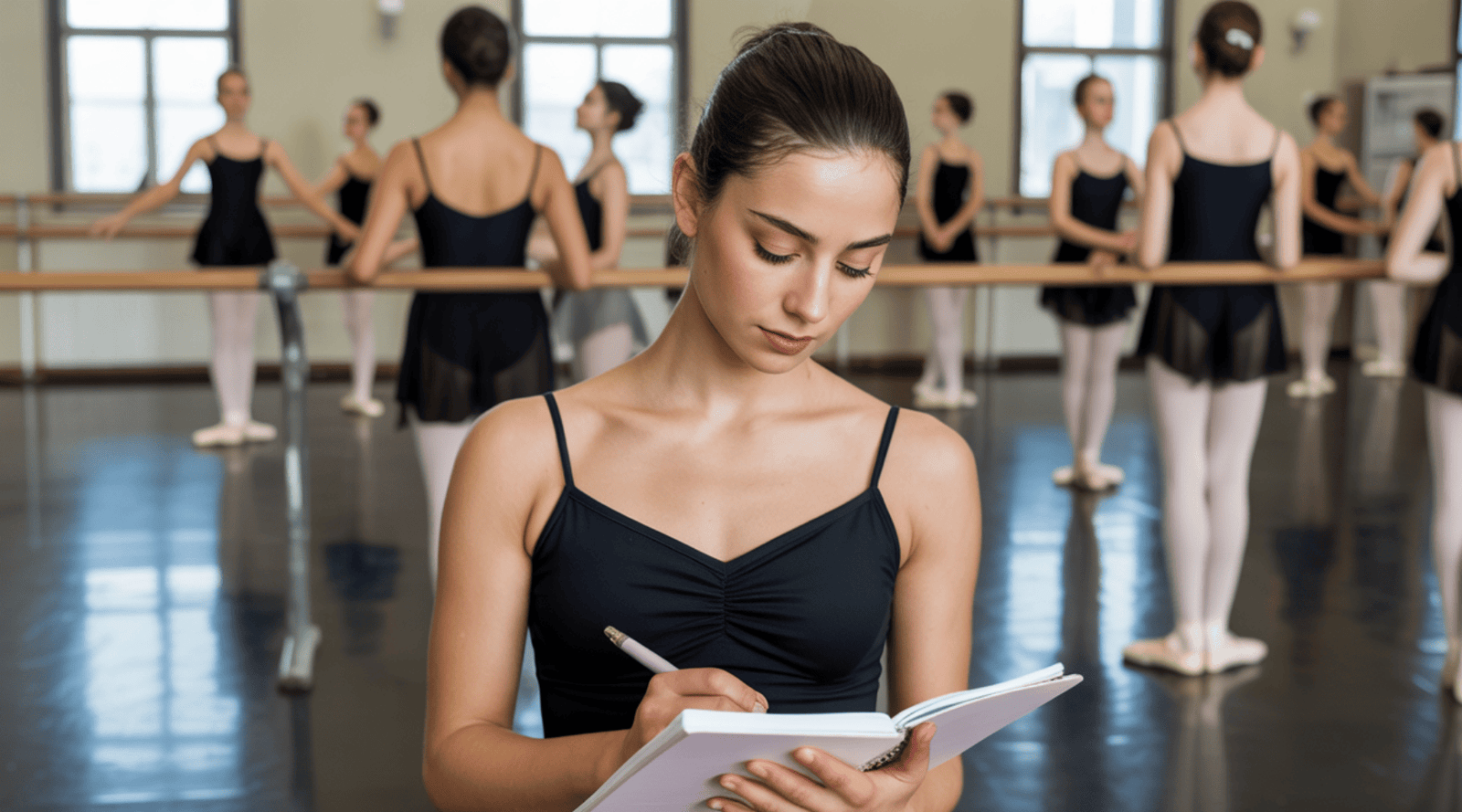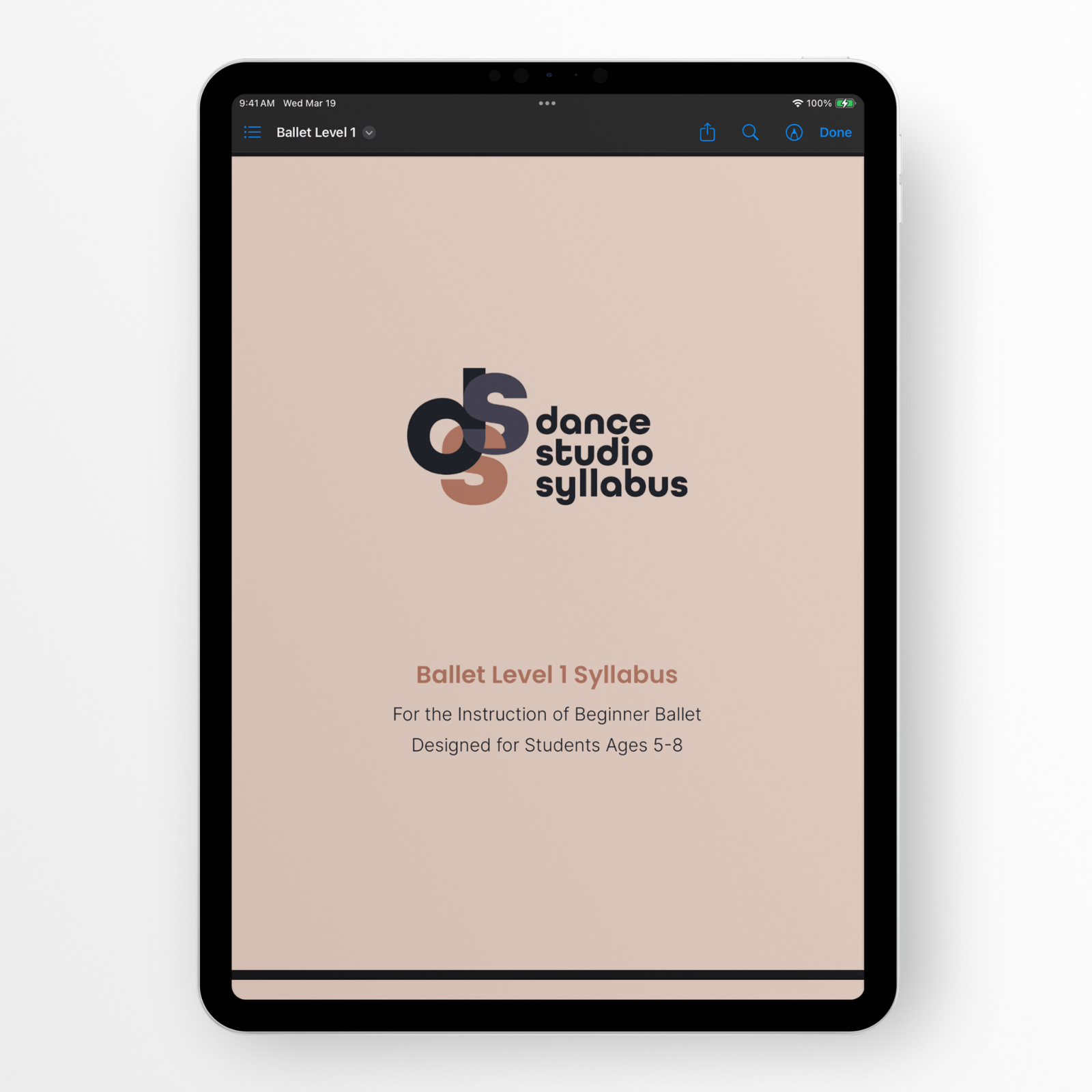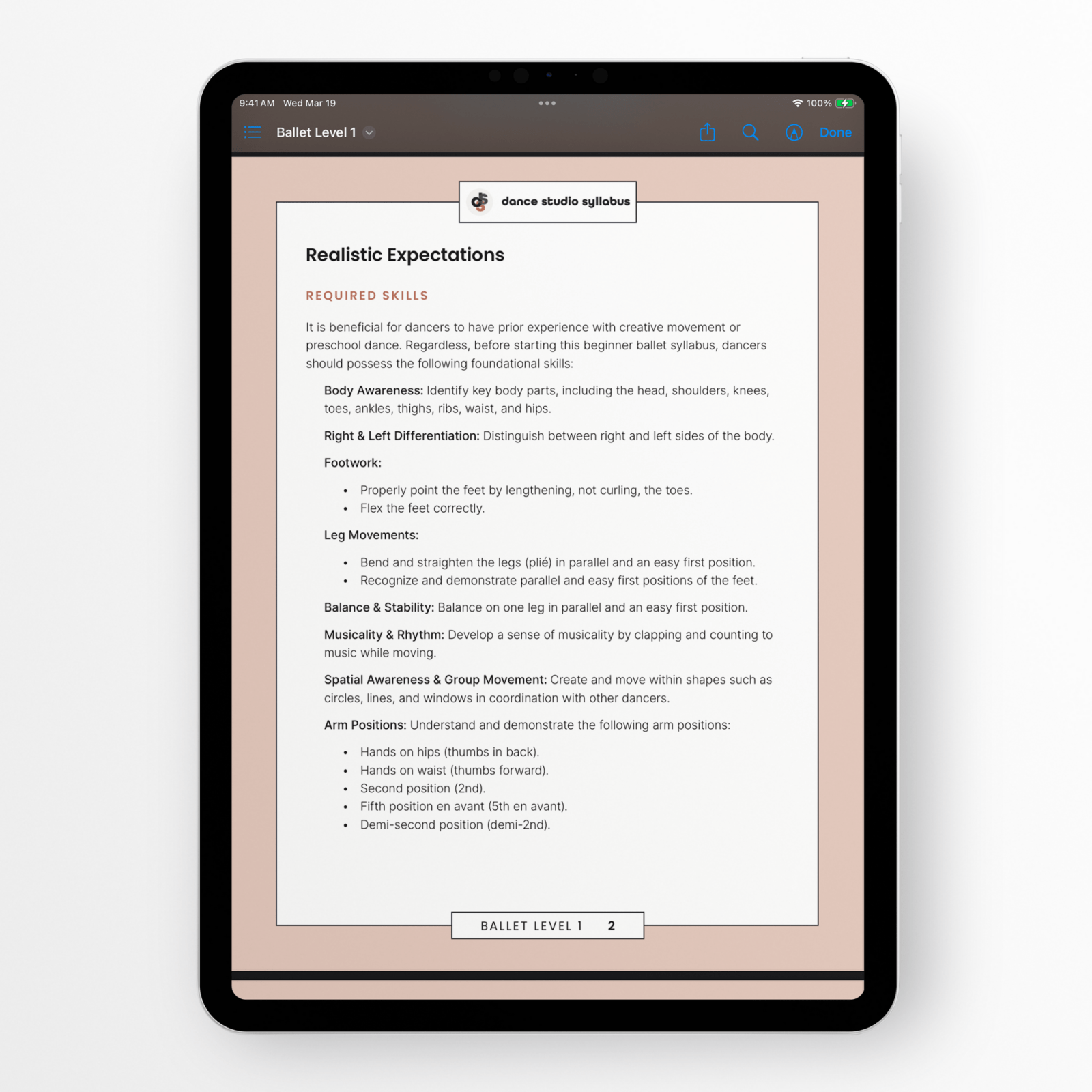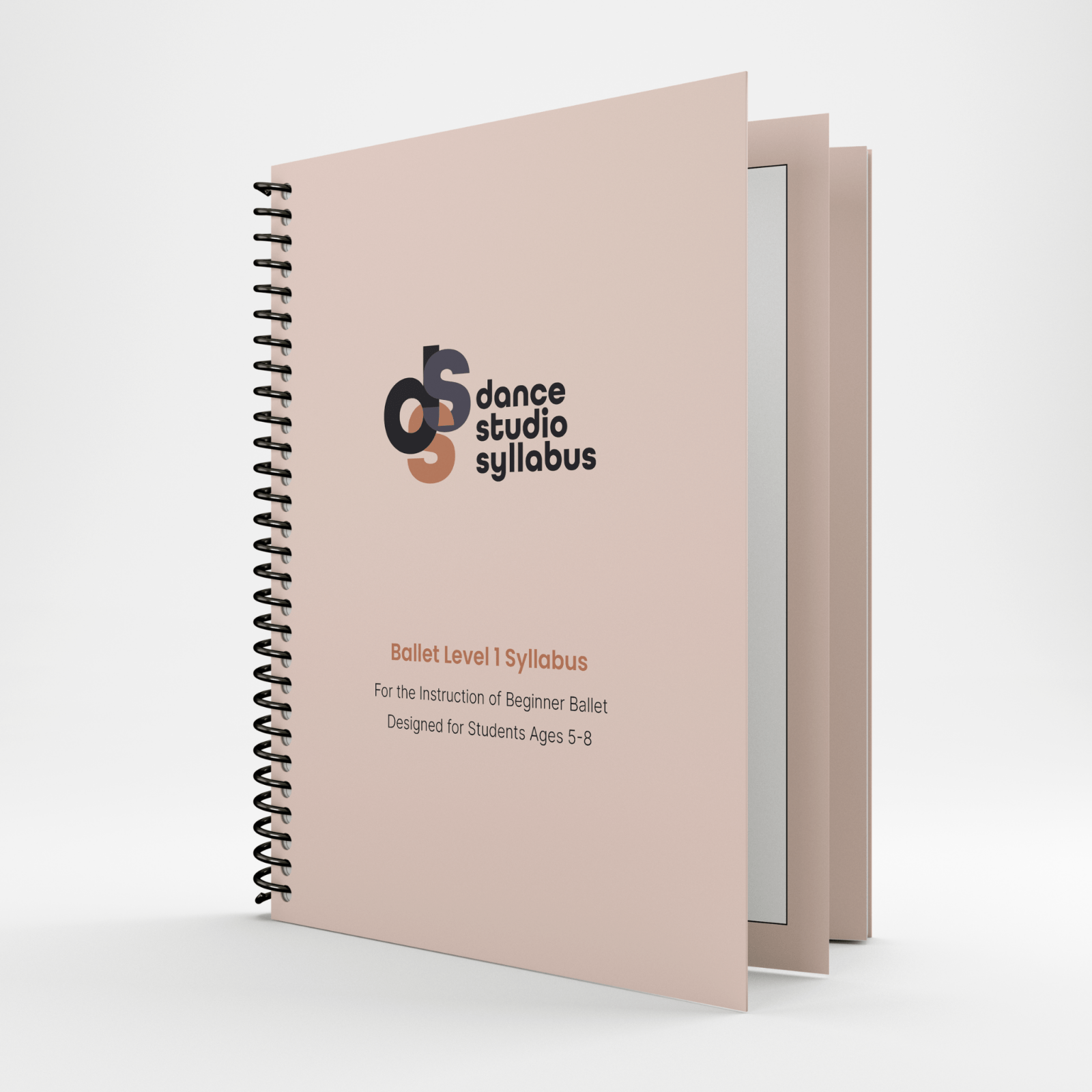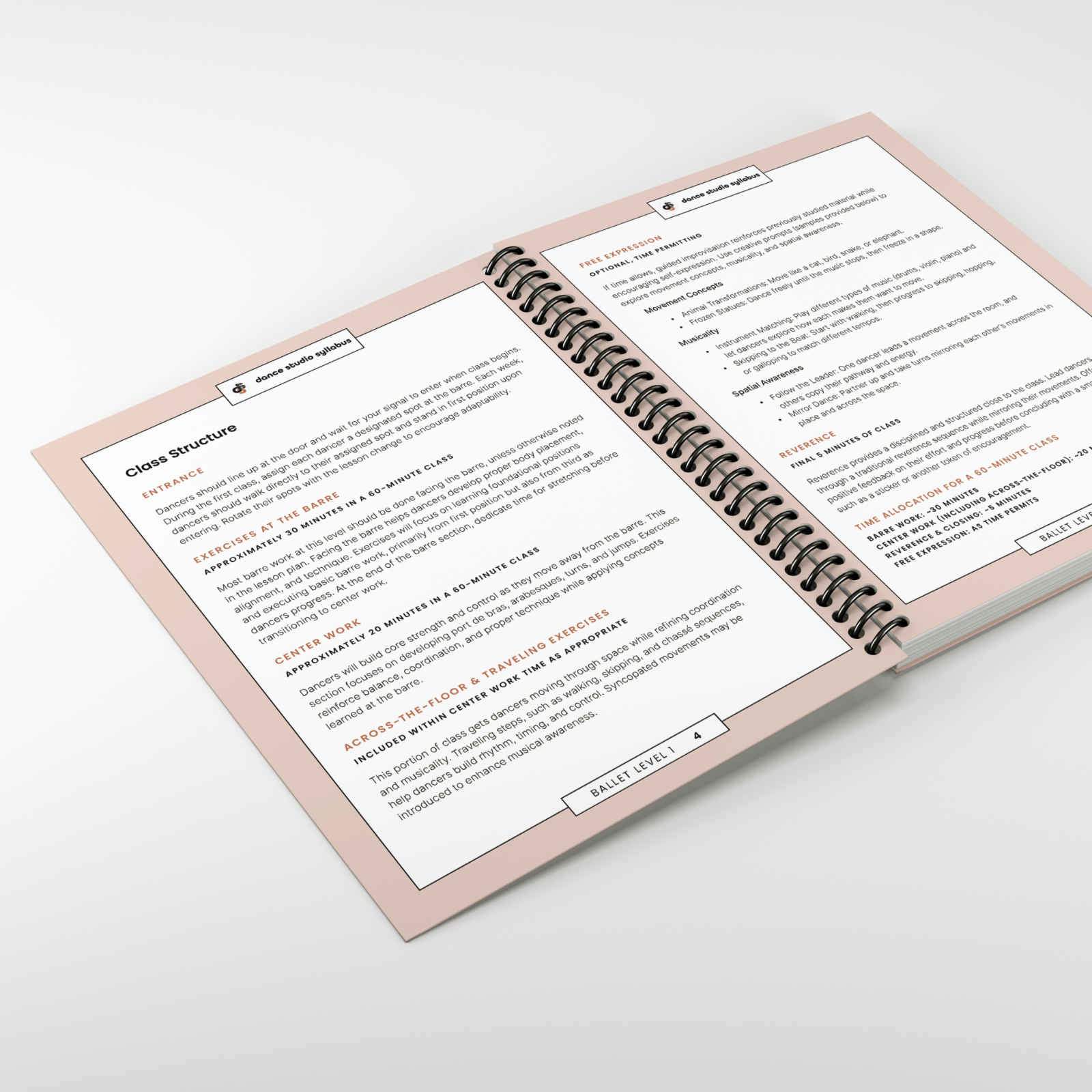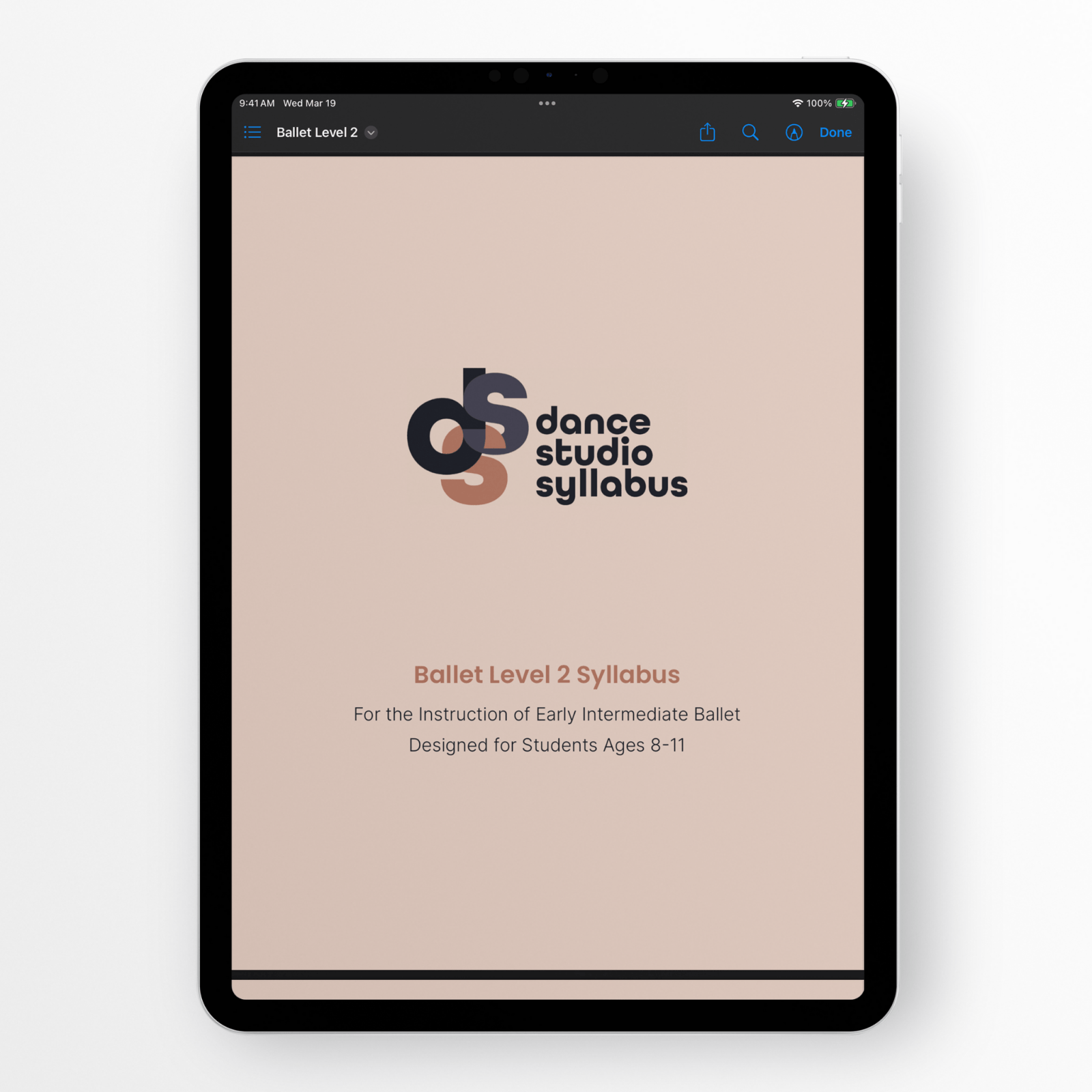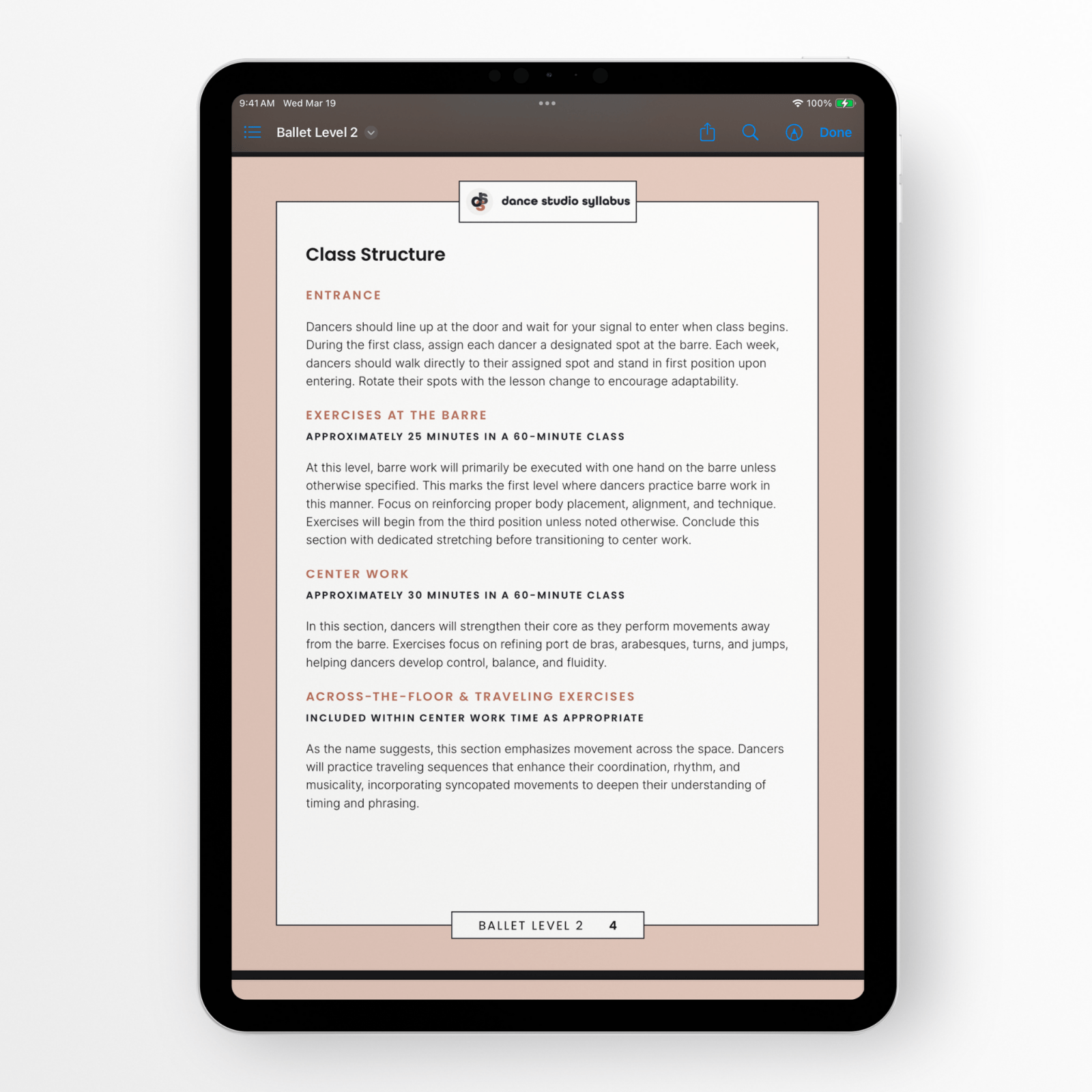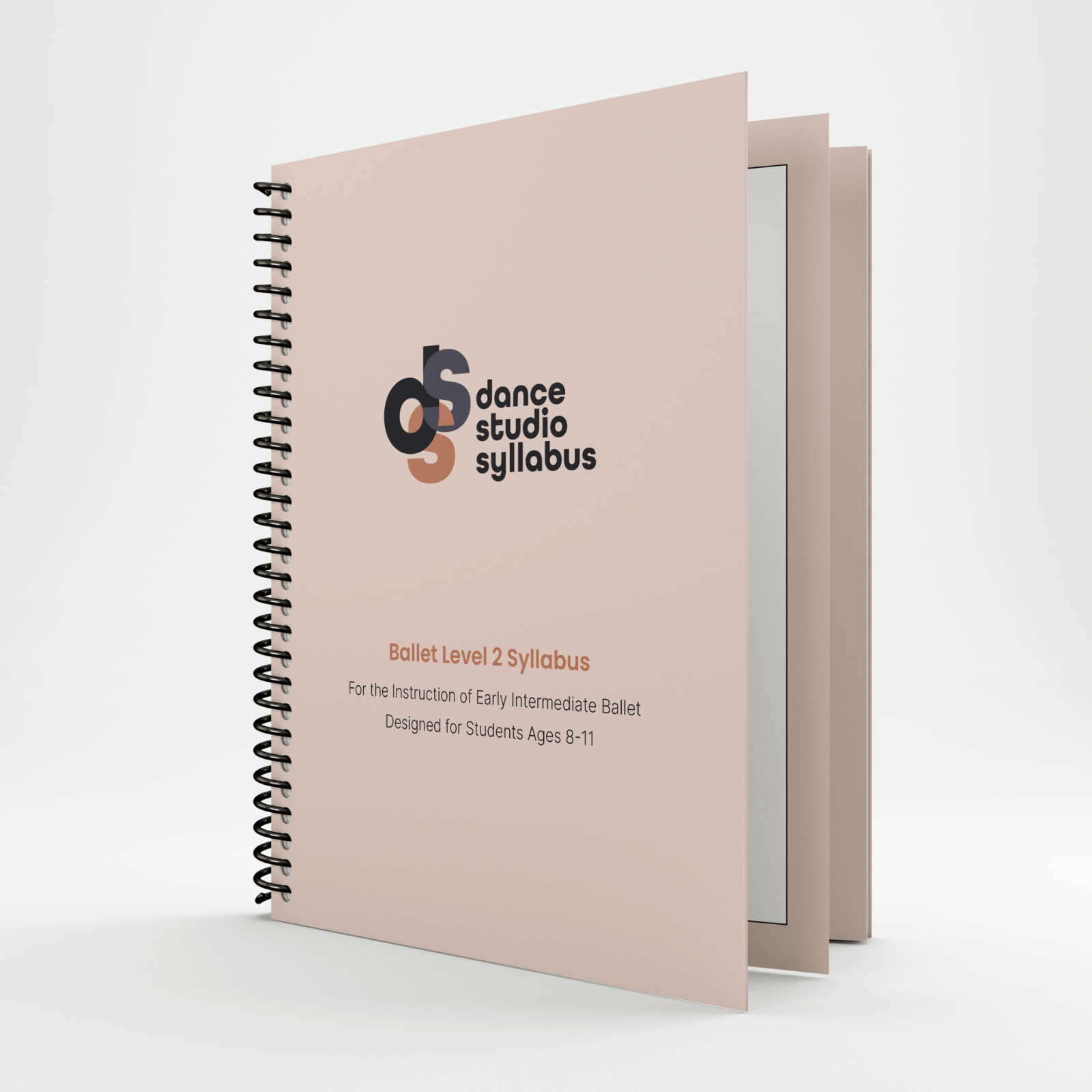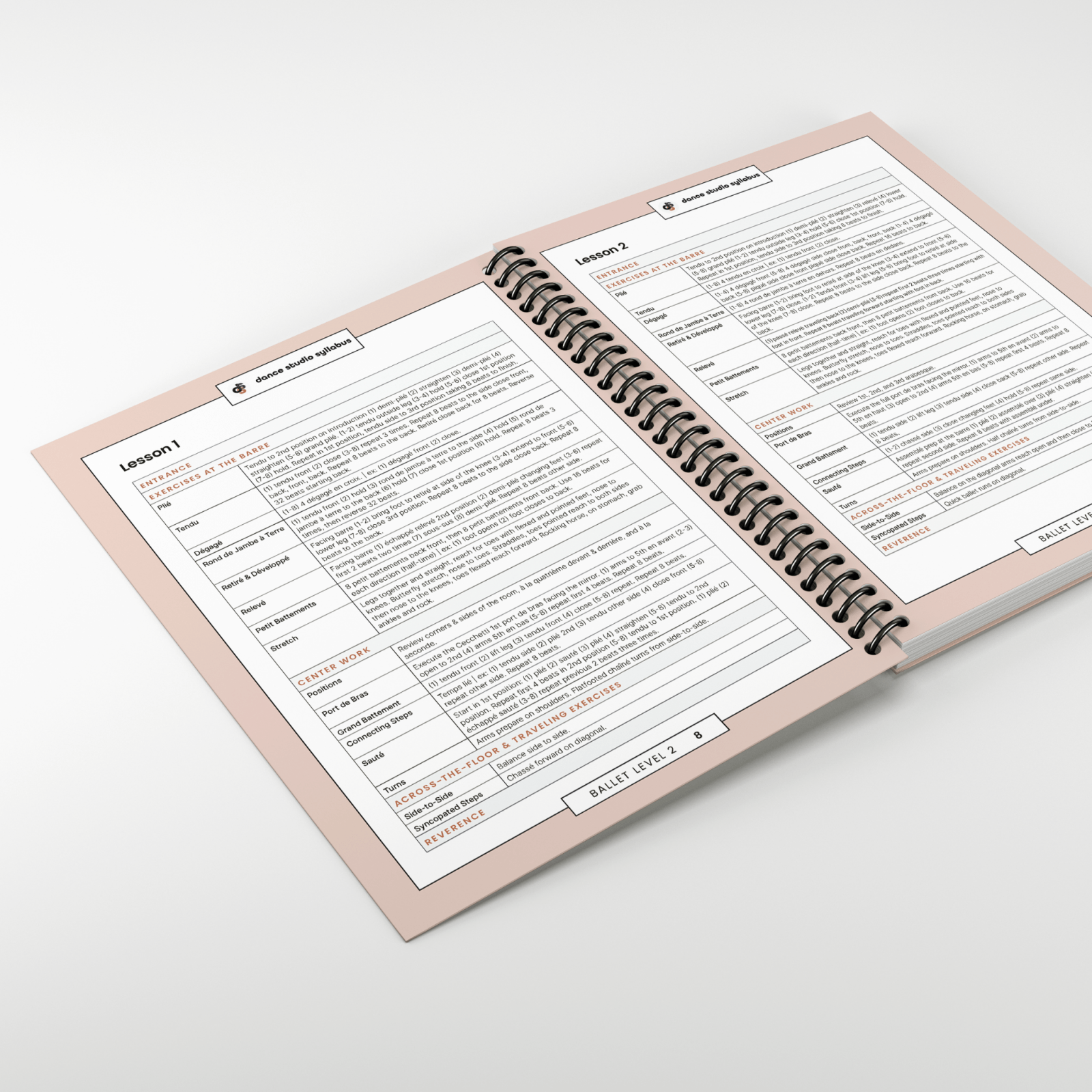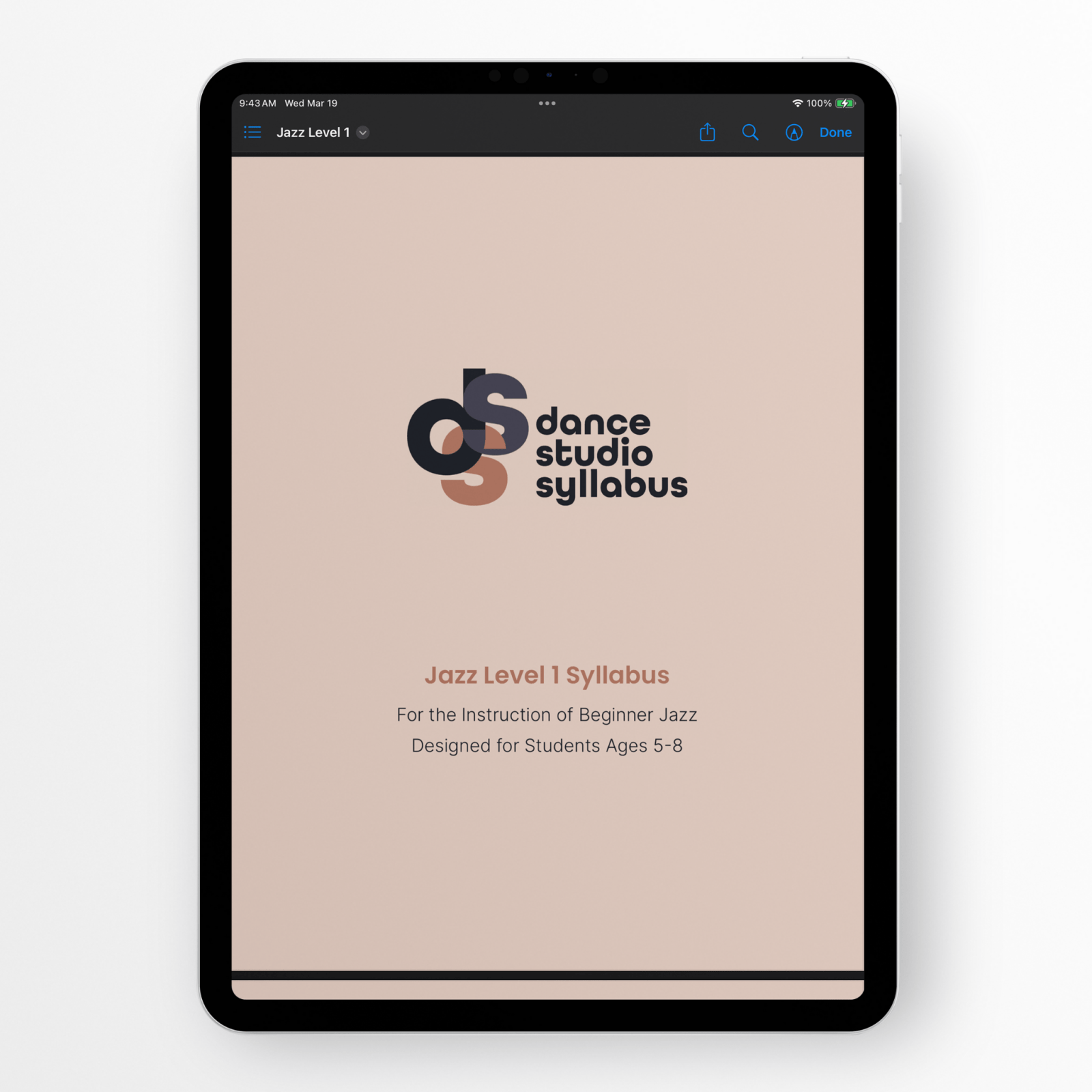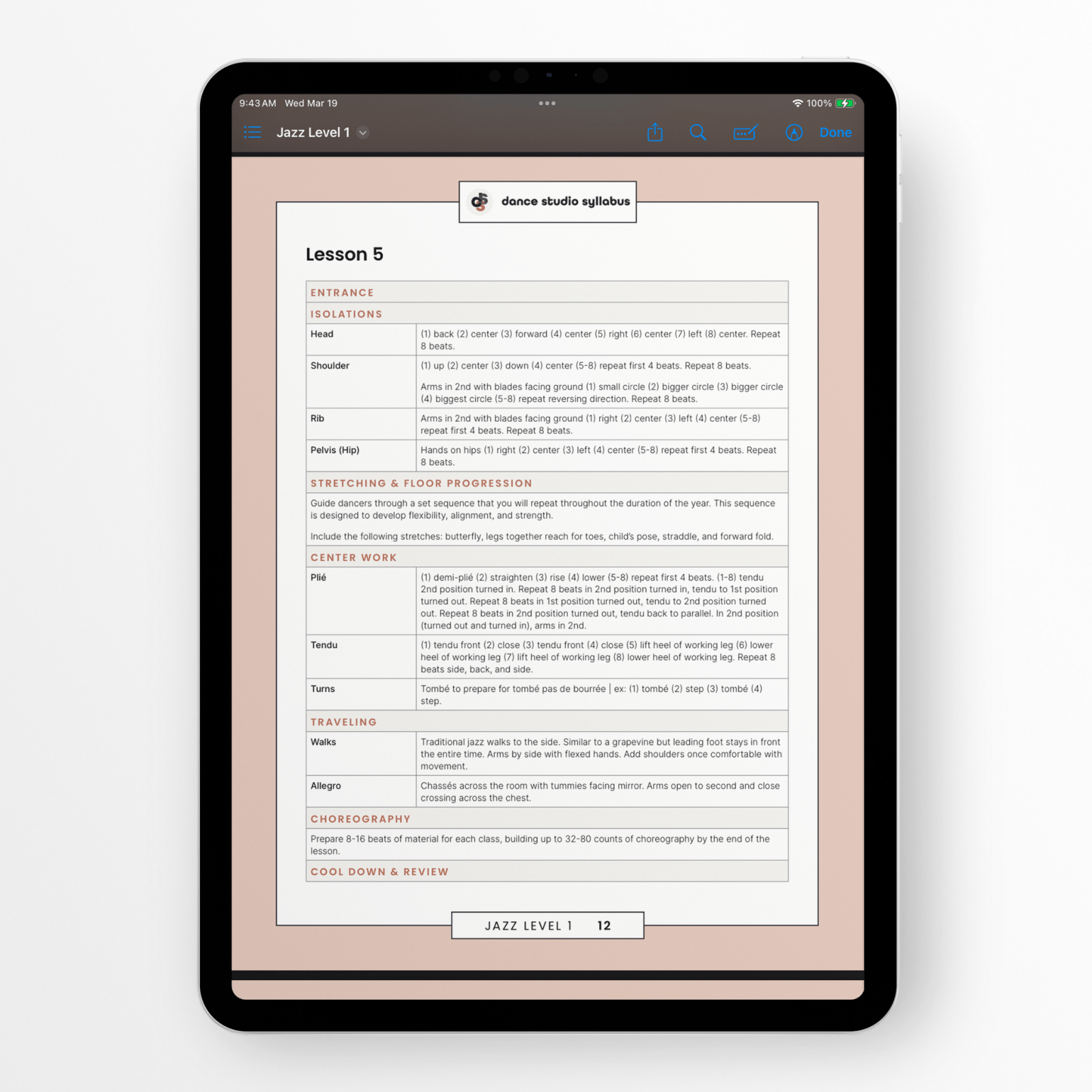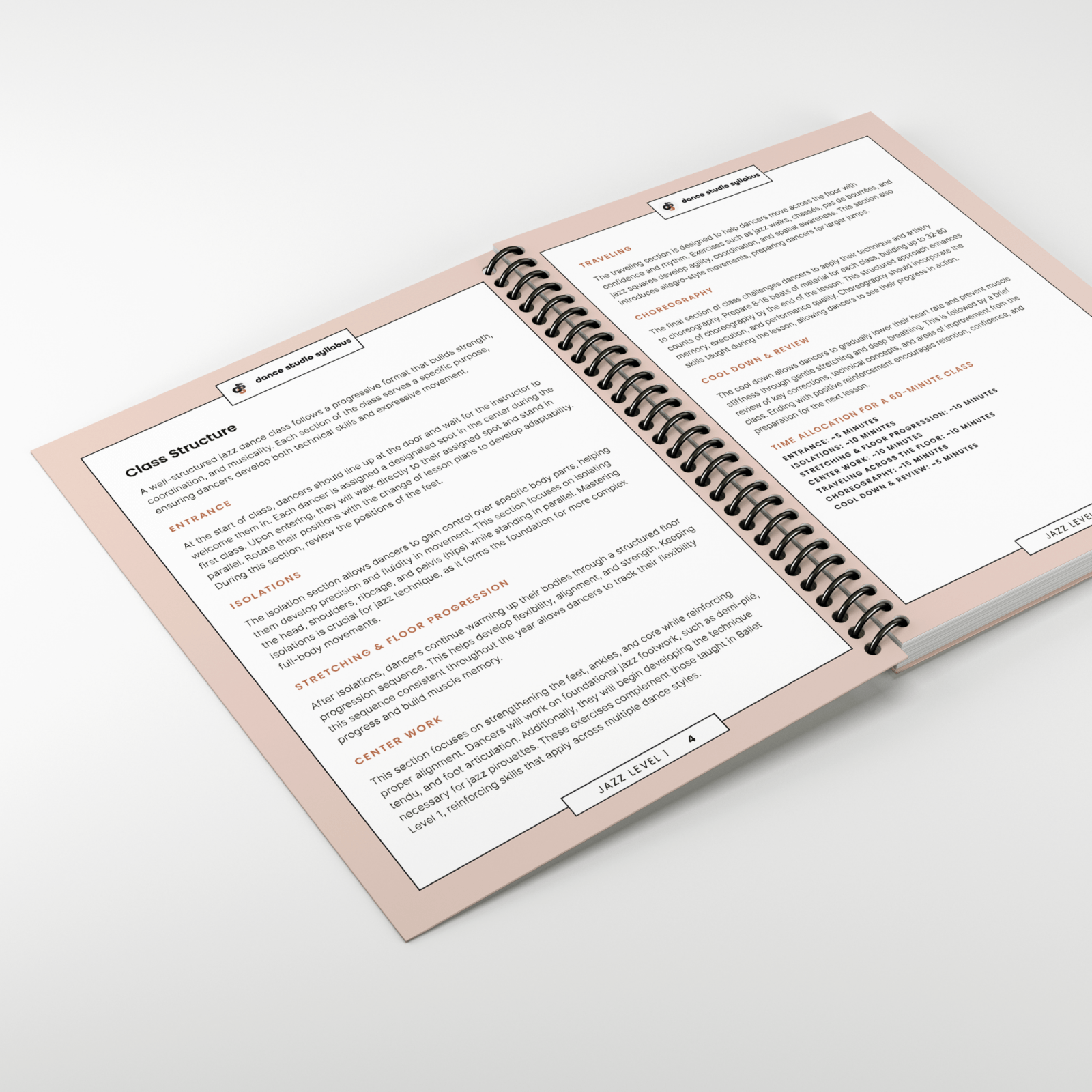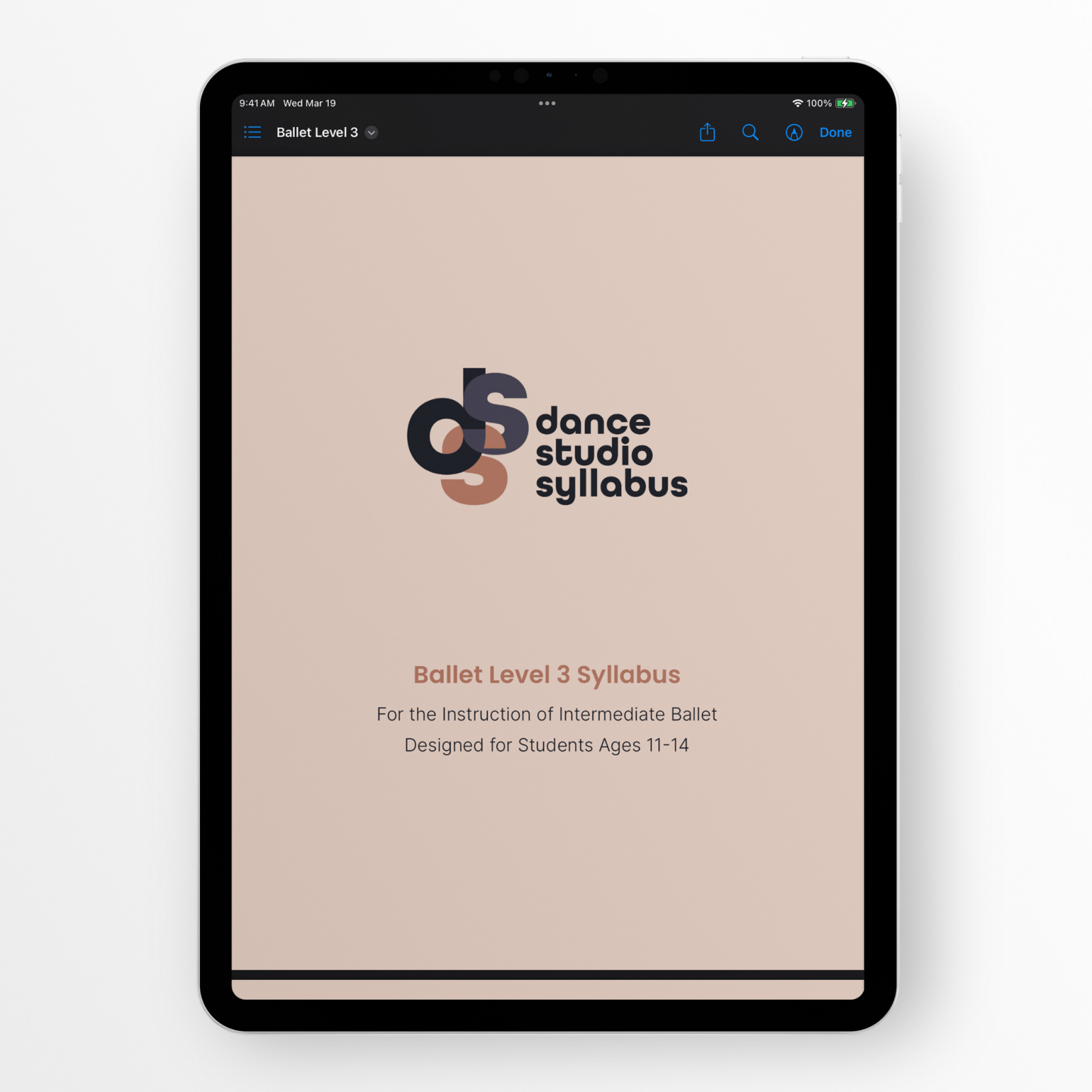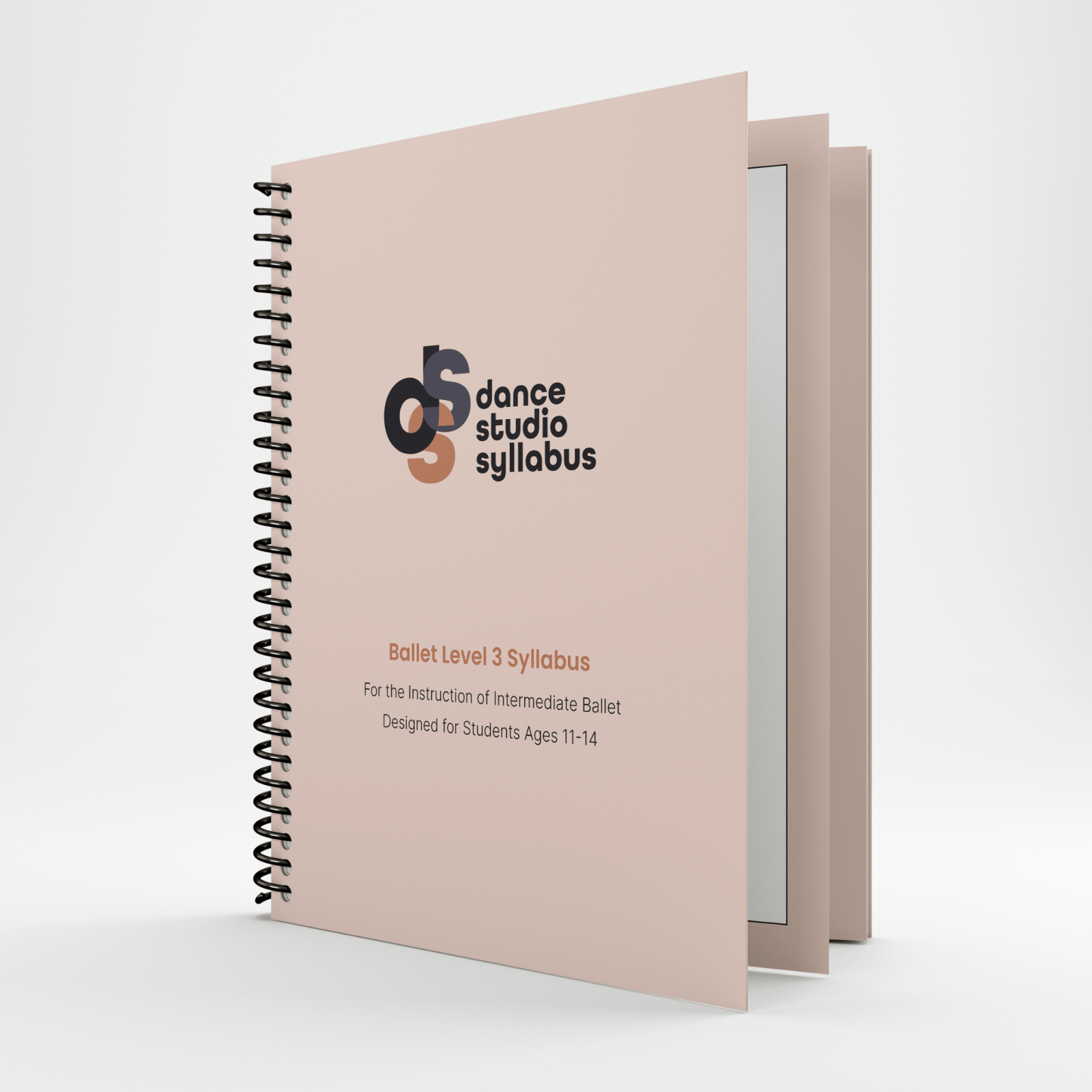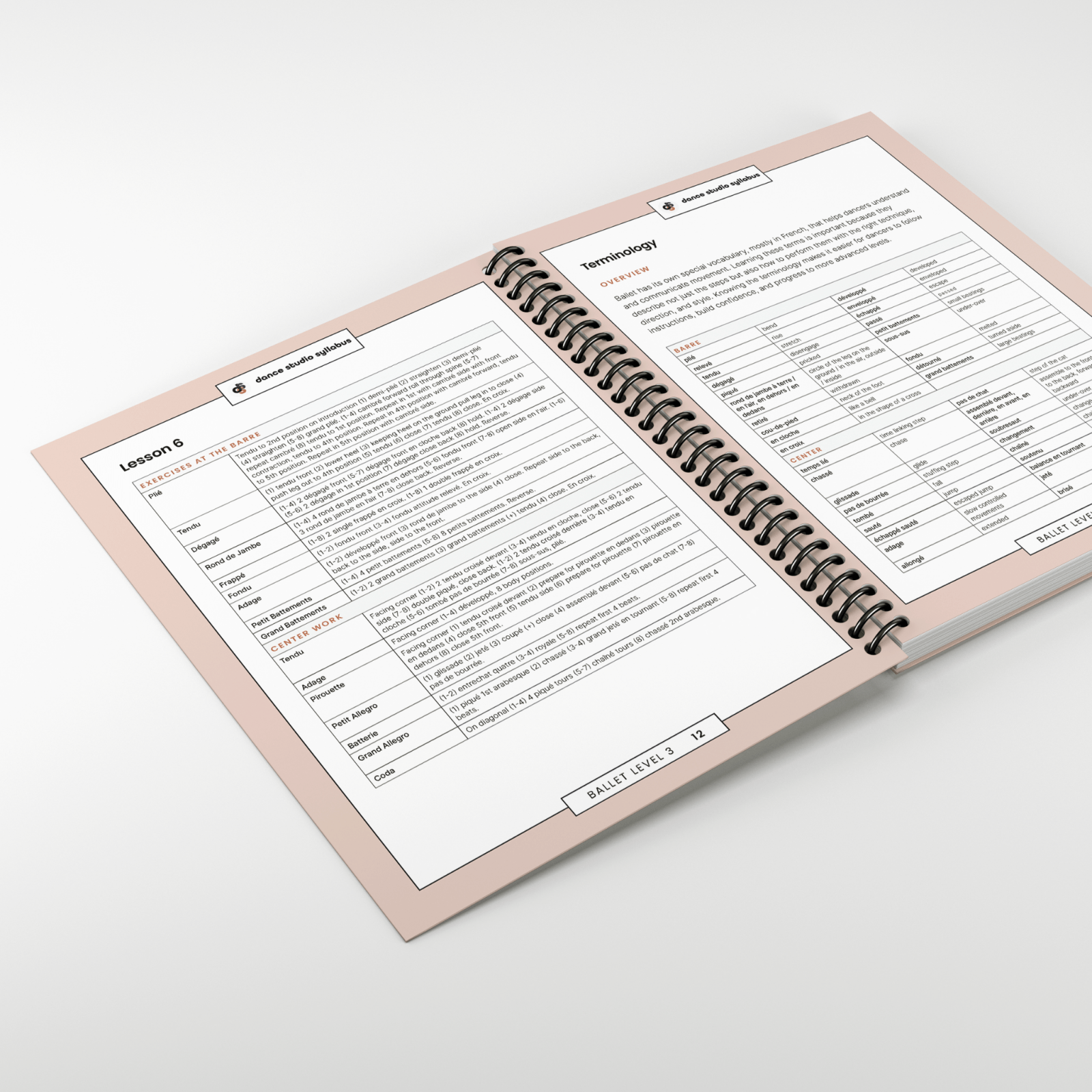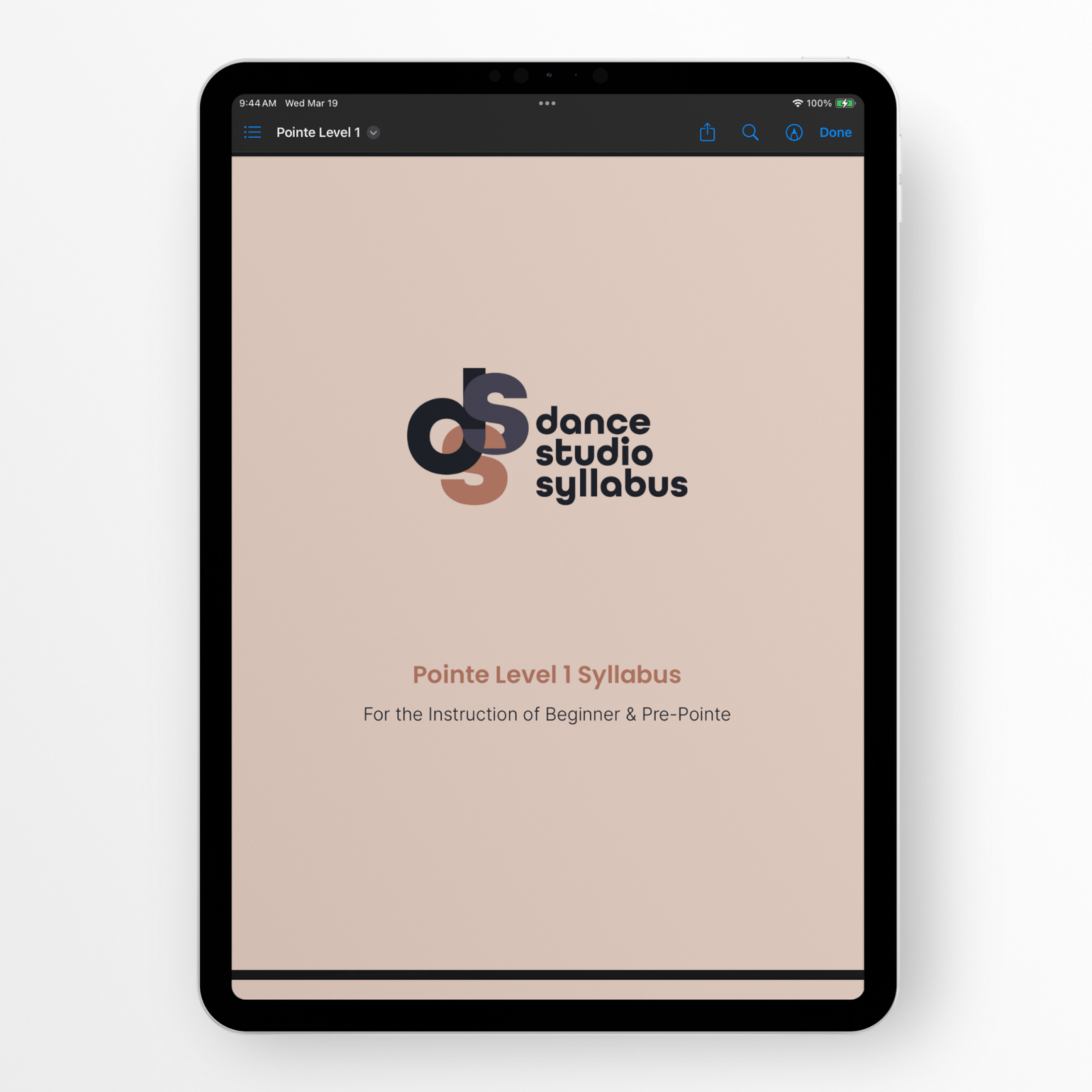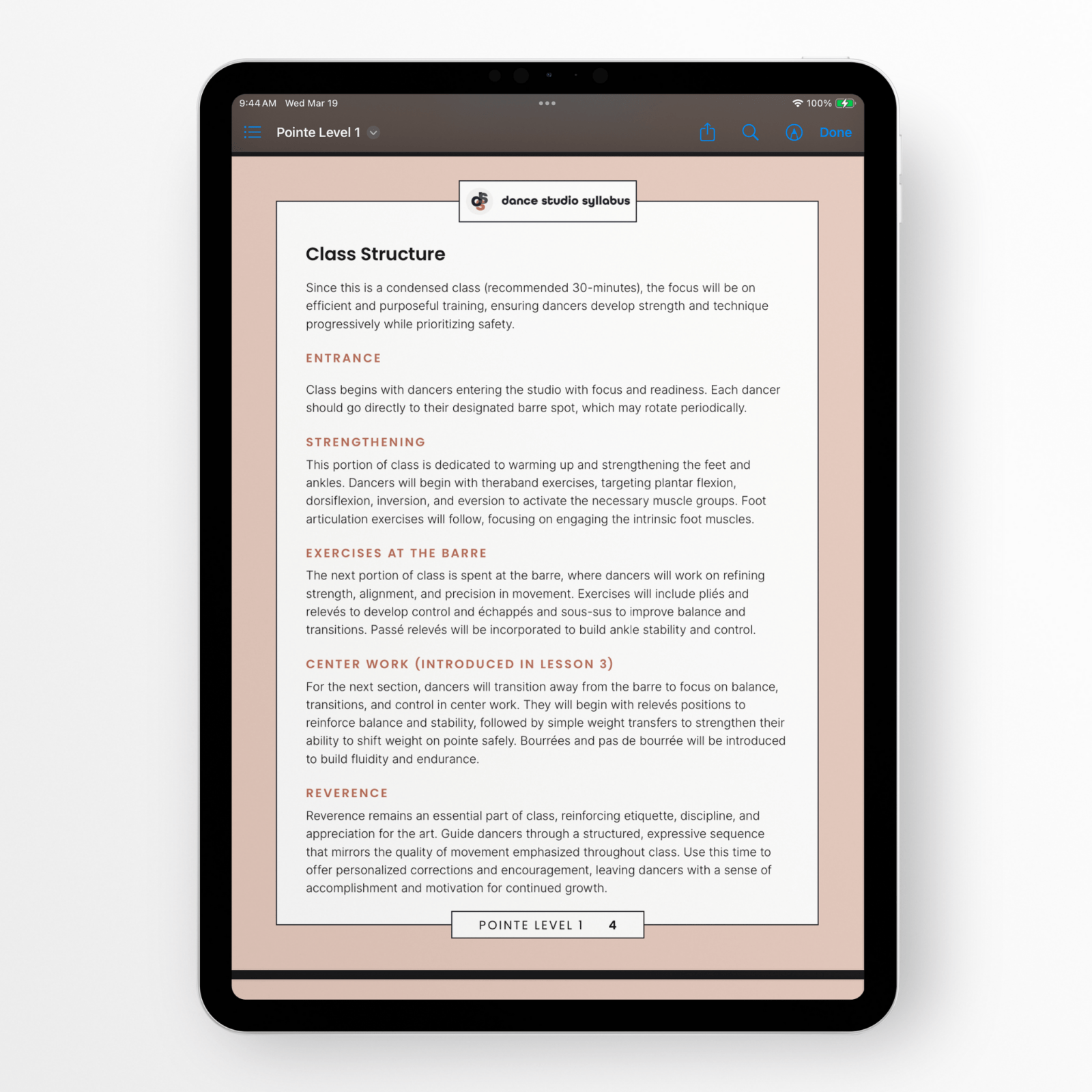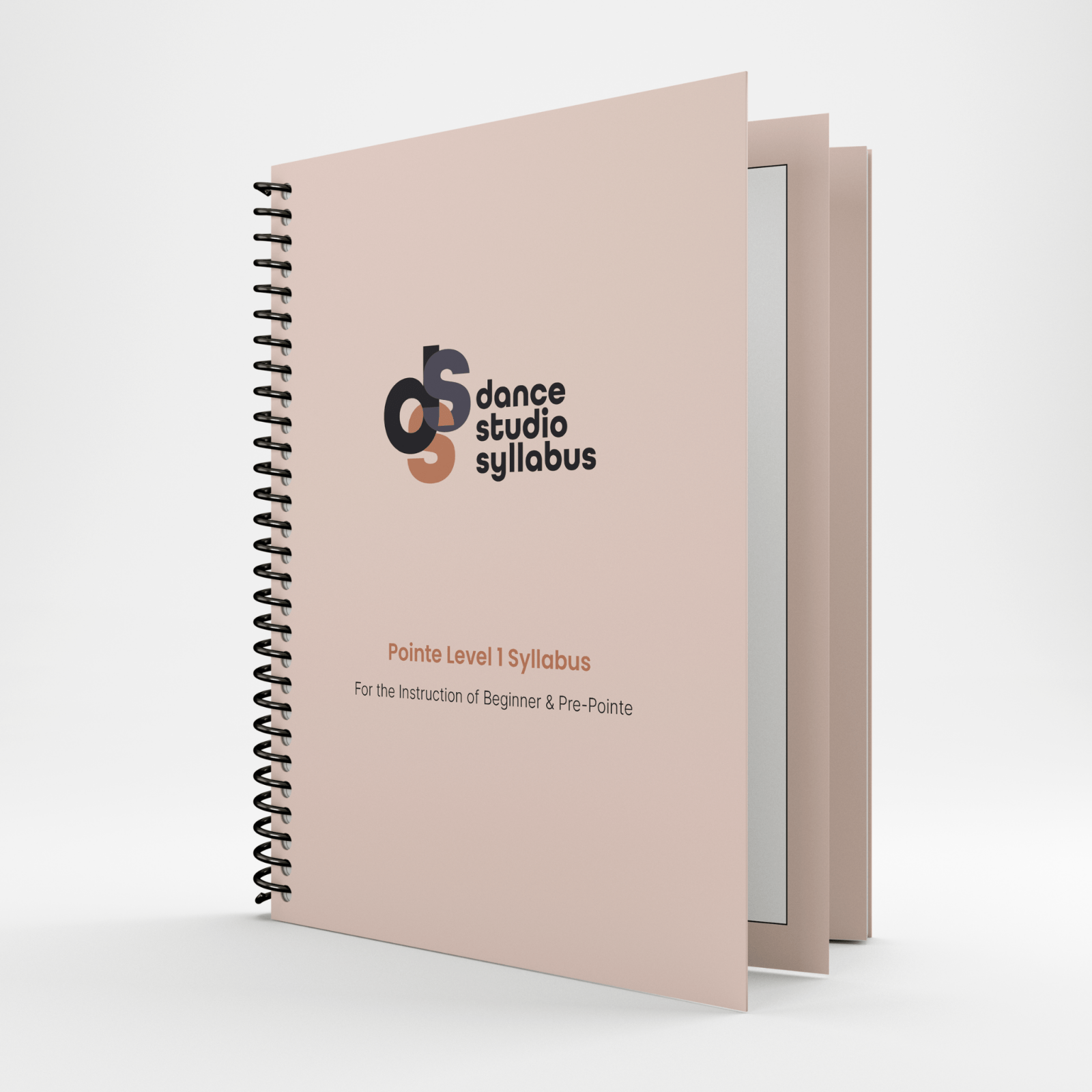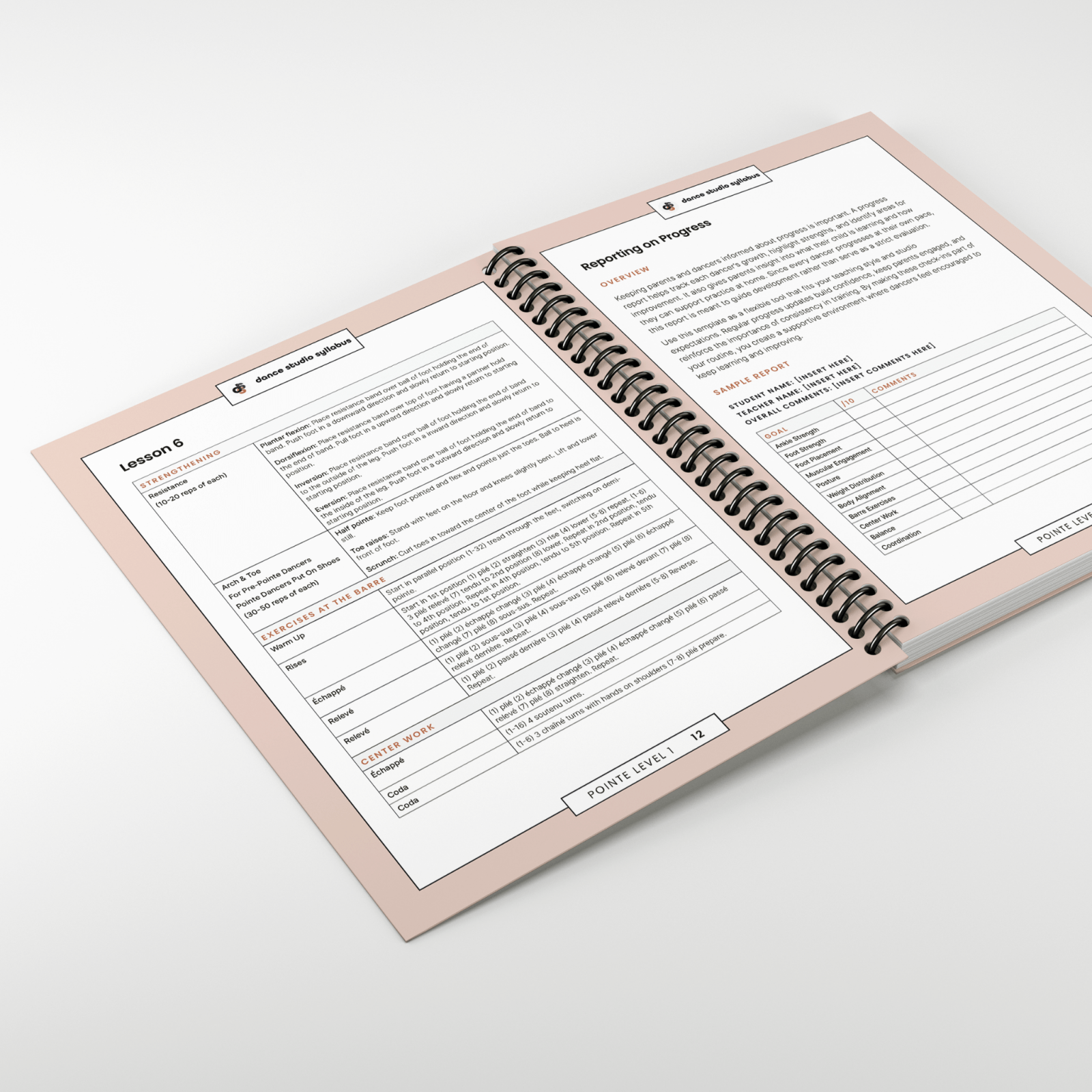If you’ve ever questioned whether repeating lesson plans in your dance classes is “good teaching,” you’re not alone. Many dance educators feel pressure to reinvent the wheel each week, especially in a world saturated with Instagram choreography and ever-changing class formats.
But here’s the truth: repeating lesson plans isn’t a shortcut—it’s one of the most effective tools for dancer development, classroom consistency, and teacher sustainability.
In this article, we’ll explore the pedagogical benefits of repeating lesson plans, how to implement strategic, intentional repetition, and why it may be the missing piece in your curriculum.
Why Repetition Matters in Dance Education
Repetition is foundational to learning, especially in movement-based disciplines like dance. When dancers repeat exercises and sequences, they’re not just memorizing steps; they’re building muscle memory, refining technique, and internalizing artistry.
Let’s break down why this matters:
1. Skill Mastery Takes Time
Dance technique can’t be rushed. From pointed feet in ballet to grounded pliés in jazz, mastering the fundamentals takes months—if not years—of consistent, focused practice. A single run-through of a new combination isn’t enough for deep learning. Repeating a lesson plan over multiple weeks gives dancers the chance to:
-
Improve placement and alignment
-
Apply corrections more consistently
-
Build strength and stamina for the movement
-
Incorporate musicality and artistic expression
2. Retention Improves with Familiarity
Dancers, especially younger students, thrive with structure. When they know what to expect in class, they feel more confident, focused, and ready to learn. Repeating elements of your lesson plans—like warm-ups, across-the-floor patterns, and combinations—supports retention by reducing cognitive load and increasing learning efficiency.
This concept aligns closely with the importance of class structure and the intentional order of exercises. If you haven’t already, read our full breakdown on why dance class structure and exercise order matter. It’s a must-read for building lessons that truly support student growth.
3. Better Feedback = Better Results
Teachers can only give so many corrections in a single class. When a lesson plan is repeated, there’s more time to observe, assess, and deliver intentional feedback that dancers can apply over time. Instead of feeling rushed, teachers can focus on elevating the quality of instruction and adapting their language to what students need most at each age and stage.
For more on how to make your feedback developmentally appropriate and truly impactful, check out this guide on what dancers need to hear at different ages.
Repeating Doesn’t Mean Repeating Everything
Let’s be clear: effective repetition doesn’t mean running the exact same class every week.
It means reinforcing the same goals and progressions, while making micro-adjustments along the way.
Here’s how to do it well:
1. Repeat the Structure, Not Just the Steps
Maintaining a consistent class structure (e.g., warm-up → technique → across the floor → combination) gives dancers a sense of rhythm and purpose. Within that structure, you can:
-
Keep core exercises the same for 4-6 weeks depending on class level
-
Add layering each week (e.g., arm focus, dynamics, spatial patterns)
-
Introduce new choreography while keeping technical exercises consistent
2. Use a “Focus Area” Approach
Instead of changing your entire lesson each week, choose a technical or artistic focus and build around it. Here's an example of how we use the "Focus Area" approach in our Ballet Level 2 Syllabus:
-
Week 1: Technique & Alignment
-
Introduce new steps with clear demonstrations and technical explanations.
-
Focus on correct body alignment, turnout, and posture.
-
Encourage self-awareness by using mirrors and gentle corrections.
-
-
Week 2: Strength & Coordination
-
Repeat exercises with added challenges, such as longer balances.
-
Incorporate dynamic footwork, including relevés, to build strength.
-
Introduce controlled transitions between movements for smooth execution.
-
-
Week 3: Musicality & Expression
-
Help dancers refine their timing and phrasing in relation to the music.
-
Encourage expressive movement through épaulement and quality of motion.
-
Introduce character-based exercises or small improvisational tasks.
-
-
Week 4: Movement Sequences & Flow
-
Focus on linking steps together in fluid combinations.
-
Challenge dancers with traveling exercises that include directional changes.
-
Work on stamina by extending sequences and maintaining energy levels.
-
-
Week 5 (if applicable): Performance & Artistry
-
Encourage dancers to perform movements with stage presence.
-
Introduce performance etiquette, such as entrances, exits, and bowing.
-
Provide individual feedback and celebrate progress with a class showcase.
-
This keeps your lesson plans grounded in progression while giving you flexibility in your content.
3. Track Progress Over Time
A simple skill tracker or progress checklist can help you and your dancers see improvement from week to week. When you repeat lesson plans with clear goals, dancers start to understand why they’re doing the work—and that leads to deeper engagement and motivation.
Encouraging dancers to reflect on their own progress fosters ownership and pride in their development. Whether it’s checking off new skills, noting corrections they’ve applied, or journaling their weekly focus, these habits reinforce long-term learning and growth.
For teachers, providing a progress report at least once a semester gives families insight into the dancer’s journey. These reports don’t need to be formal evaluations; even a simple checklist or narrative summary helps parents and students alike see the results of consistent effort and repeated practice.
Tracking tools and semester check-ins also support stronger communication, increased retention, and a shared sense of purpose across your studio community.
The Benefits for Dance Teachers
Repeating lesson plans doesn’t just help students. It’s a game-changer for teacher well-being too.
1. Reduce Planning Overwhelm
One of the biggest sources of burnout for dance teachers is the expectation to constantly create new material. By repeating and rotating lesson plans intentionally, you give yourself breathing room to plan smarter, not harder.
2. Avoid Last-Minute Scrambling
Having a predictable rotation of lesson plans means you’re never starting from scratch. Whether you’re teaching multiple levels, preparing for performance season, or juggling parent questions, having structured repetition built in gives you confidence and calm.
3. Teach With Intention
When you know the purpose behind each repeated exercise or sequence, your teaching becomes more focused and impactful. You’re not just filling time—you’re driving growth.
How the Right Syllabus Can Help
At Dance Studio Syllabus, we specialize in providing ready-to-use dance curriculum materials designed to make repetition easy, intentional, and effective.
Each syllabus includes:
-
6–8 progressive lesson plans per level
-
Clear teaching goals and focus areas
-
Built-in repetition with room for weekly variation
-
Class structure recommendations and skills overview lists
-
Tools to track student progress and communicate with parents
Whether you’re teaching ballet, jazz, creative movement, or pointe, our syllabi are built to help you repeat with purpose, so every class moves dancers forward without reinventing the wheel.
The Takeaway
Repeating lesson plans isn’t lazy. It’s evidence-based teaching that supports dancer development, classroom consistency, and your longevity as an educator.
When you embrace strategic repetition:
-
Your dancers learn faster and perform better
-
Your classroom becomes calmer and more focused
-
Your planning process becomes sustainable, not stressful
If you’re ready to stop scrambling for new class ideas and start teaching with clarity and purpose, our structured syllabi are here to help.
Explore our full syllabus collection and get 50% off your first digital syllabus today → DanceStudioSyllabus.com.
